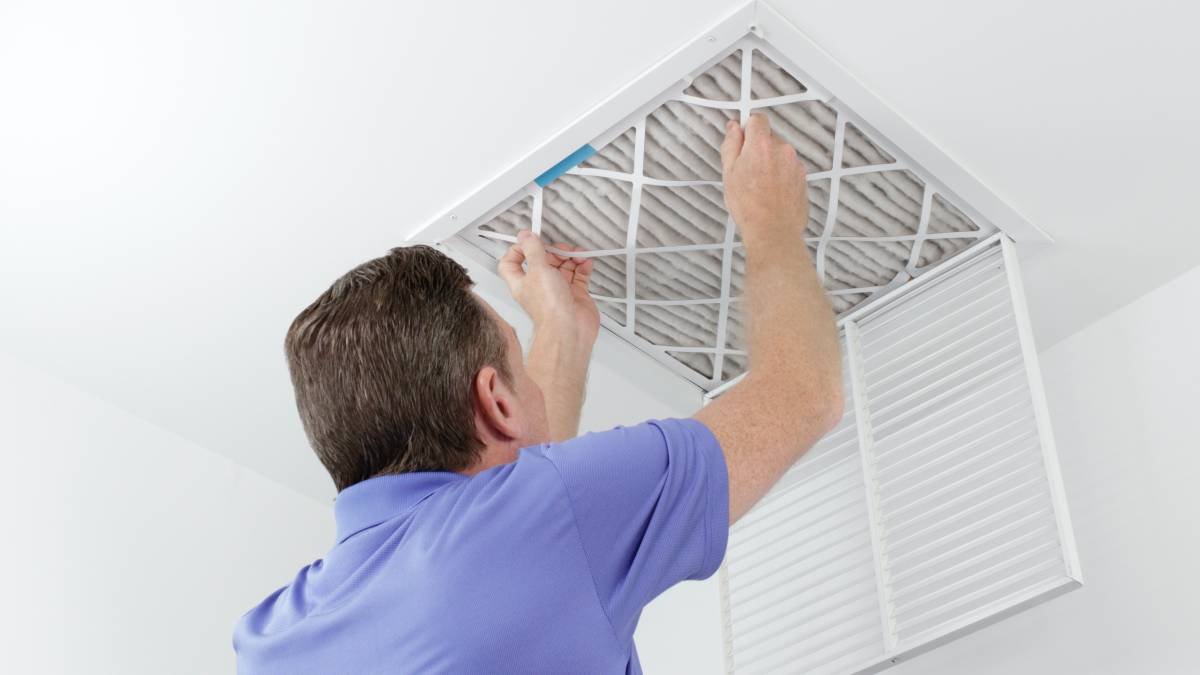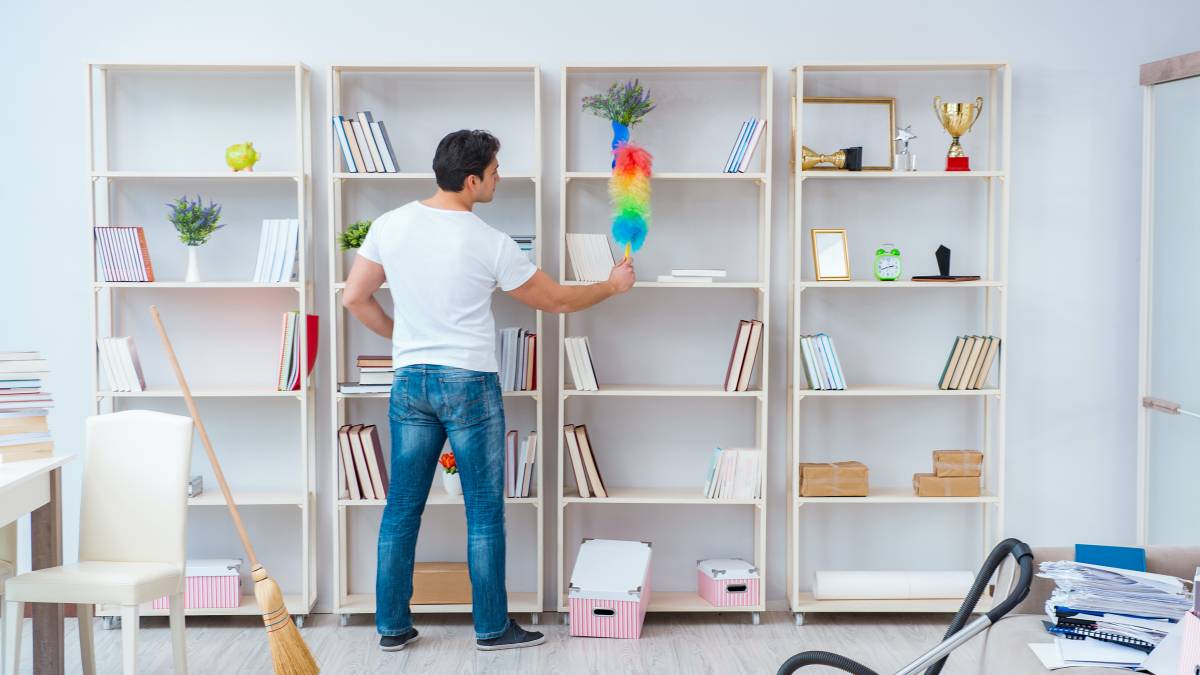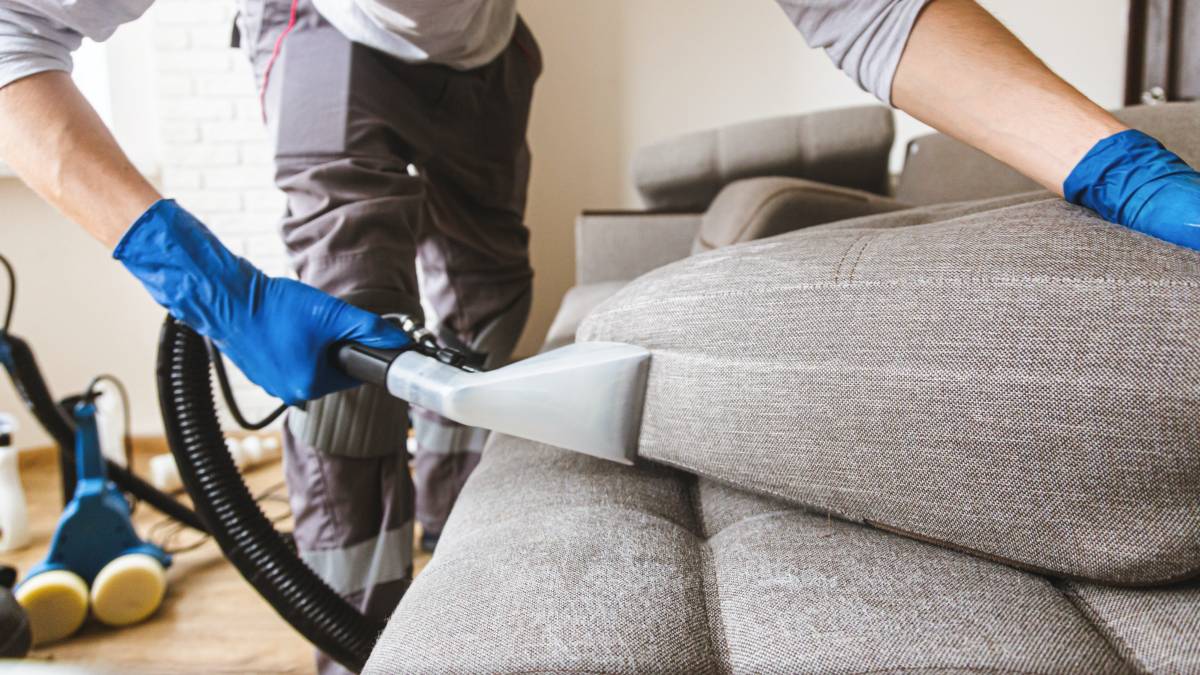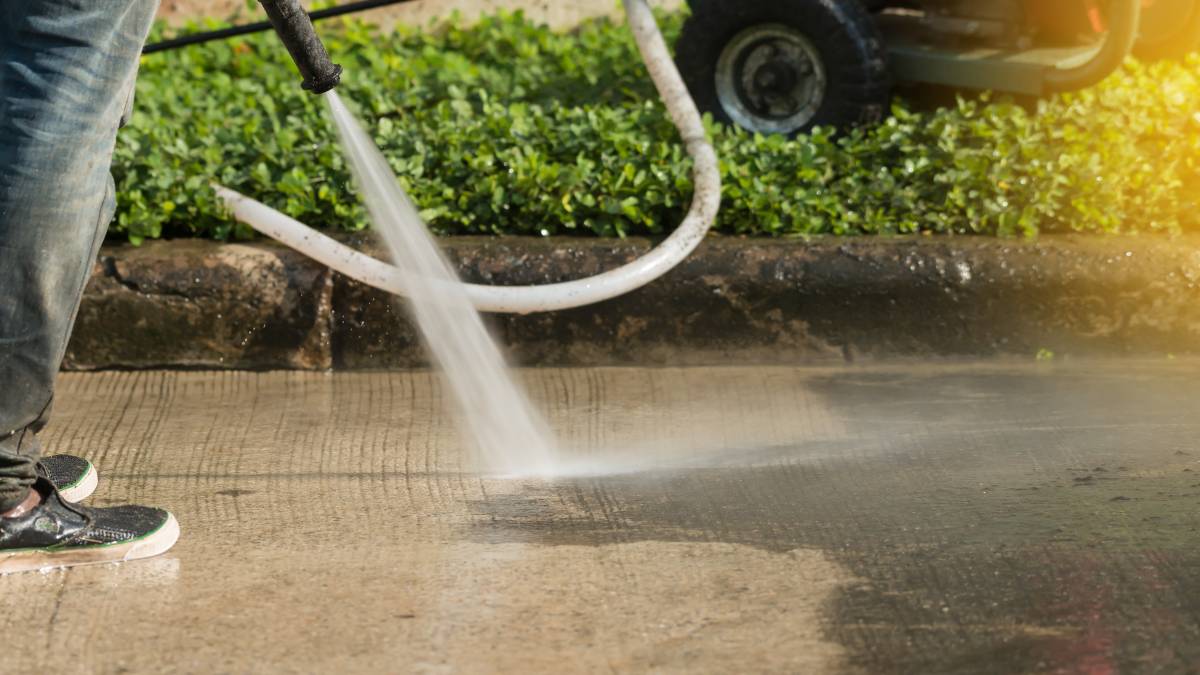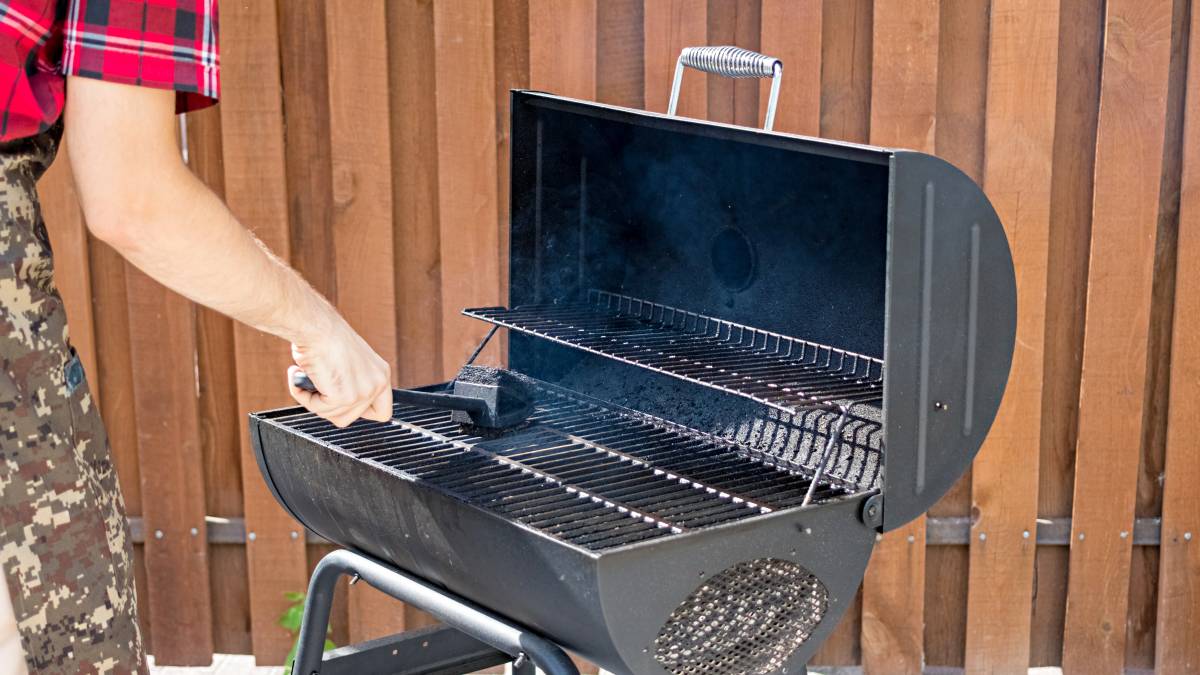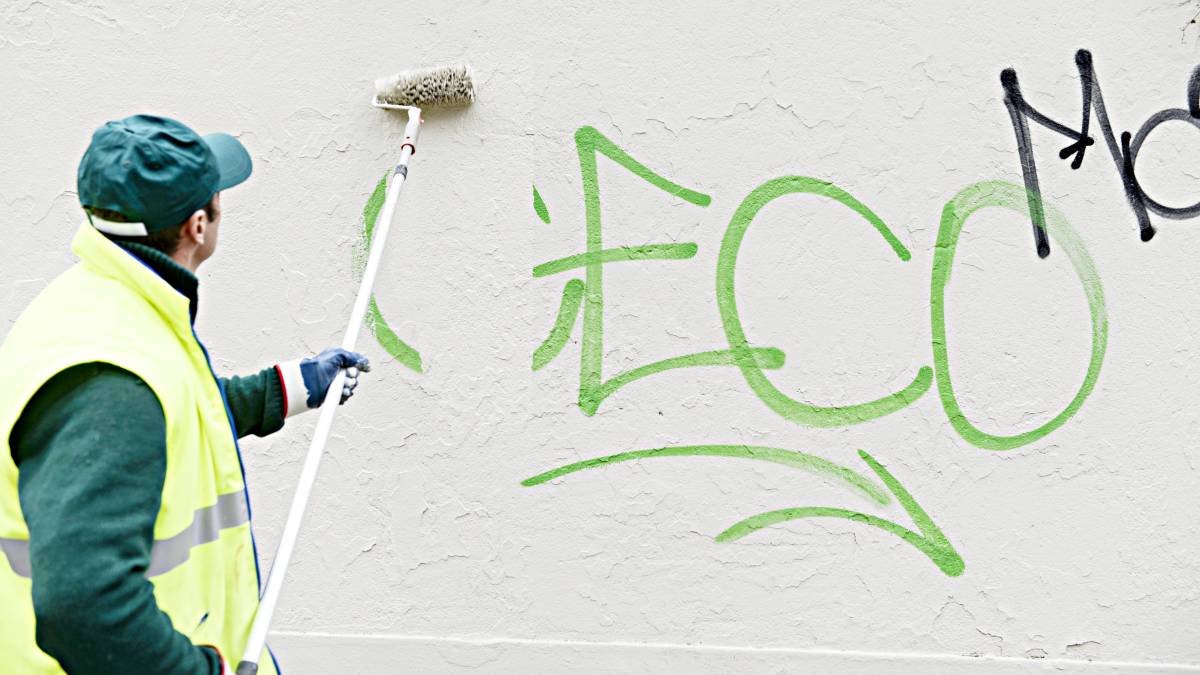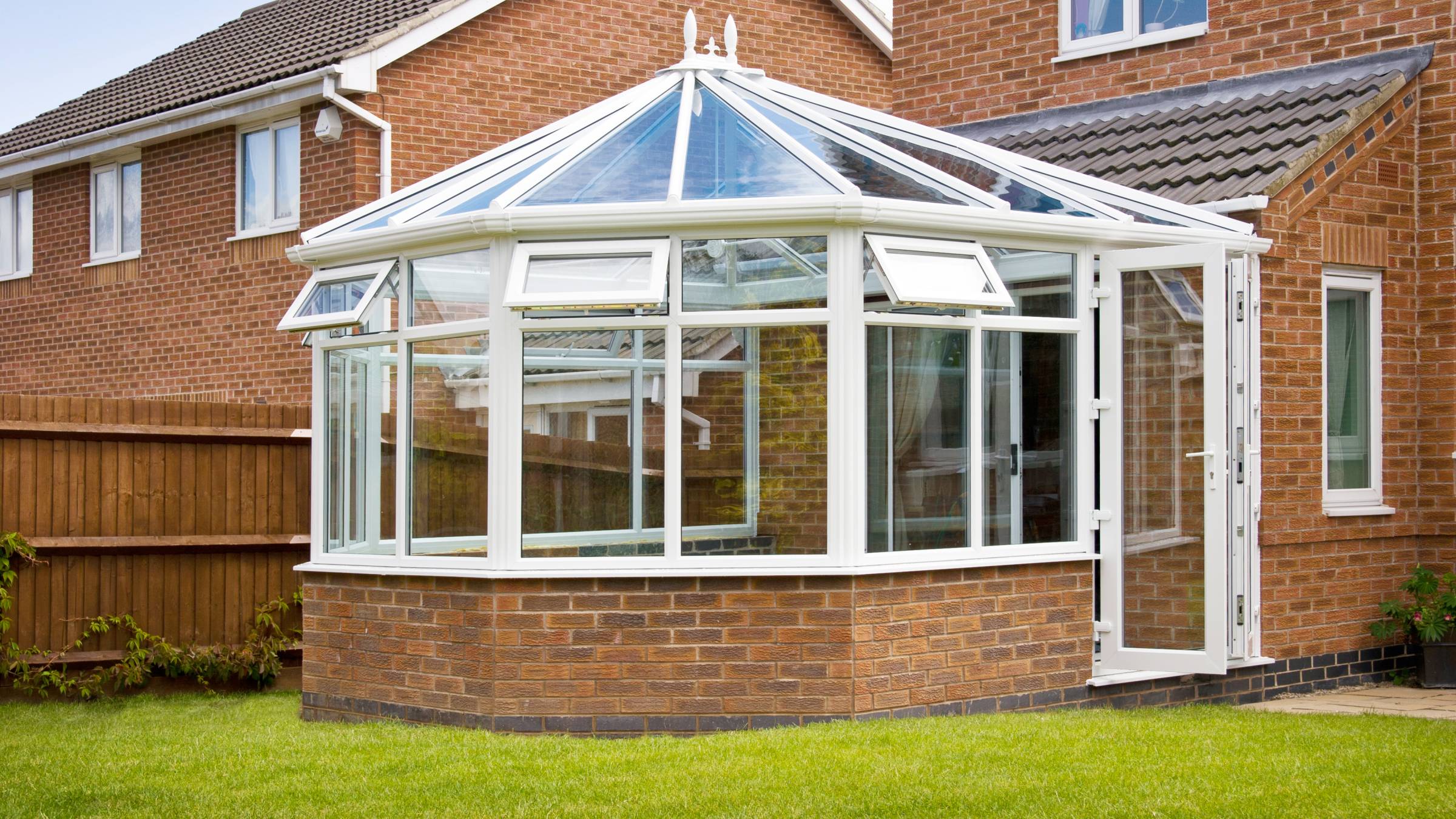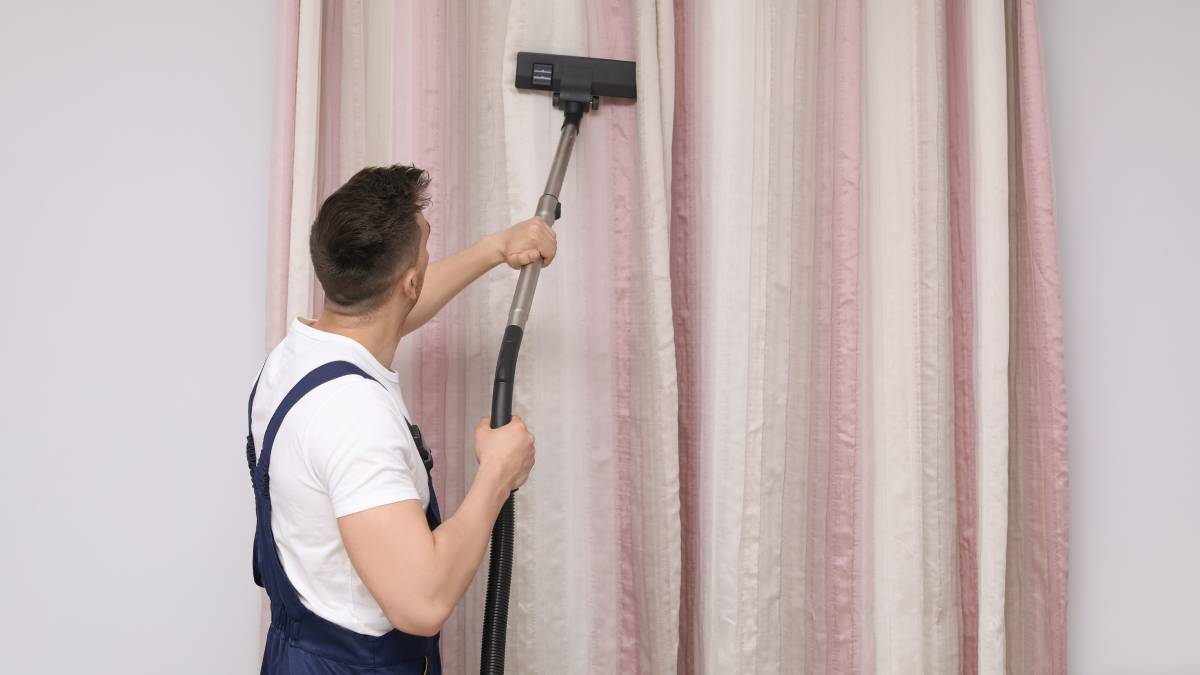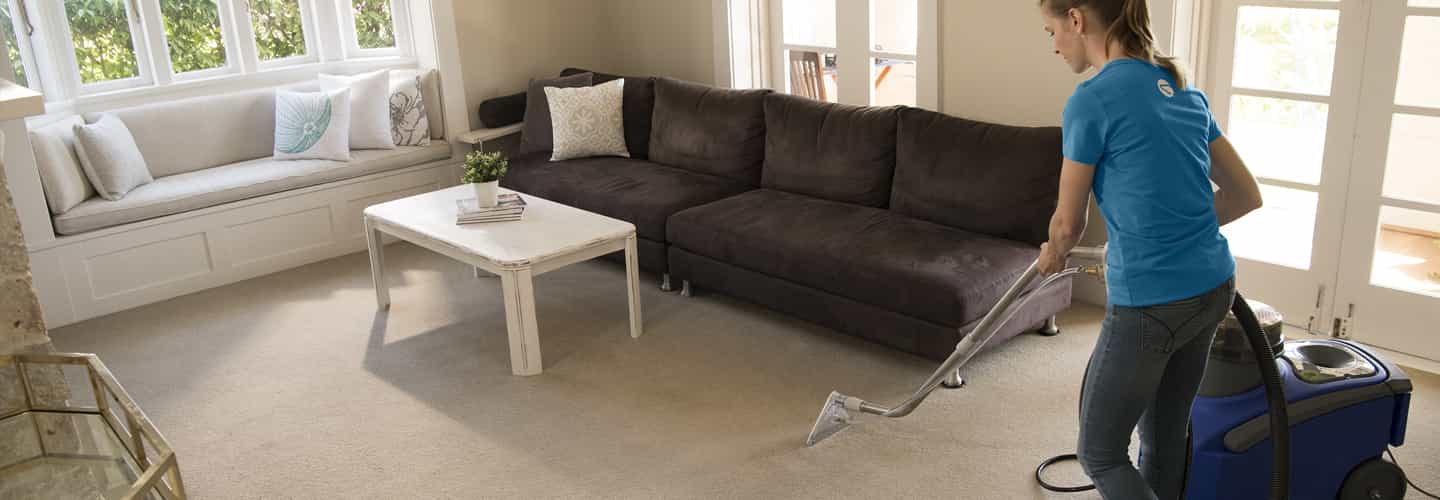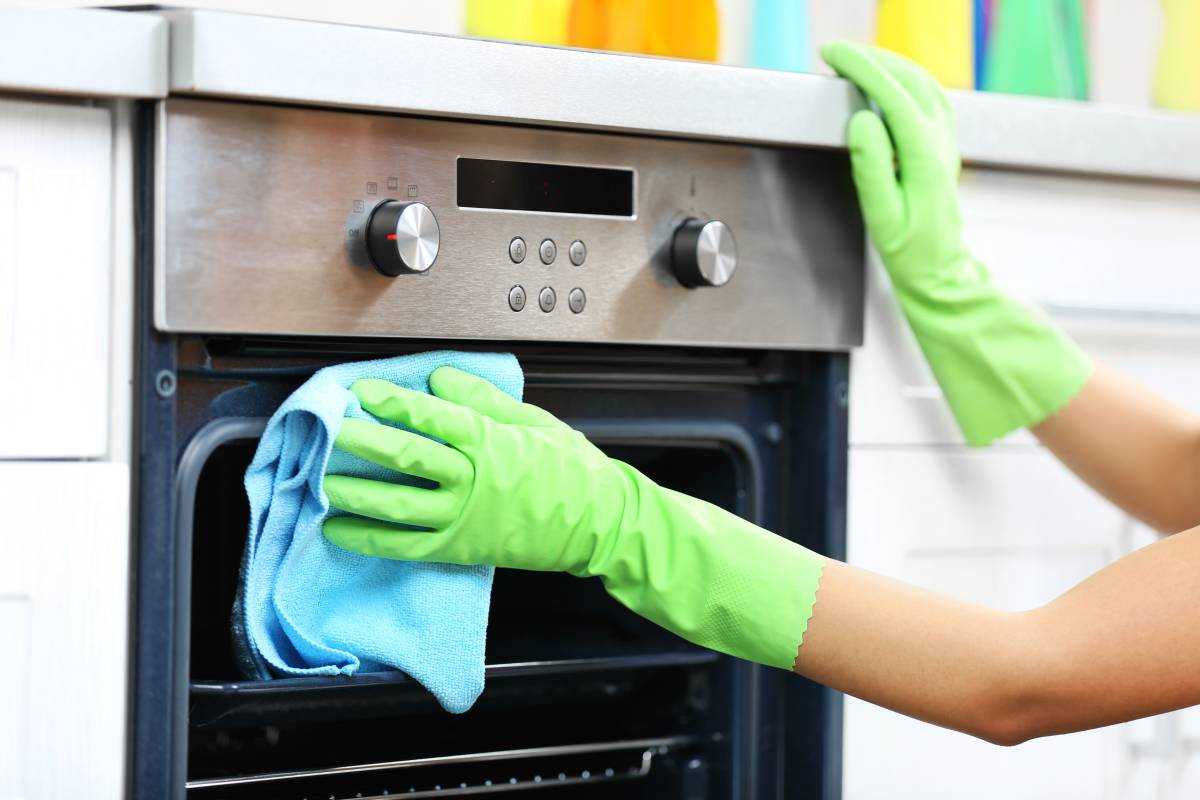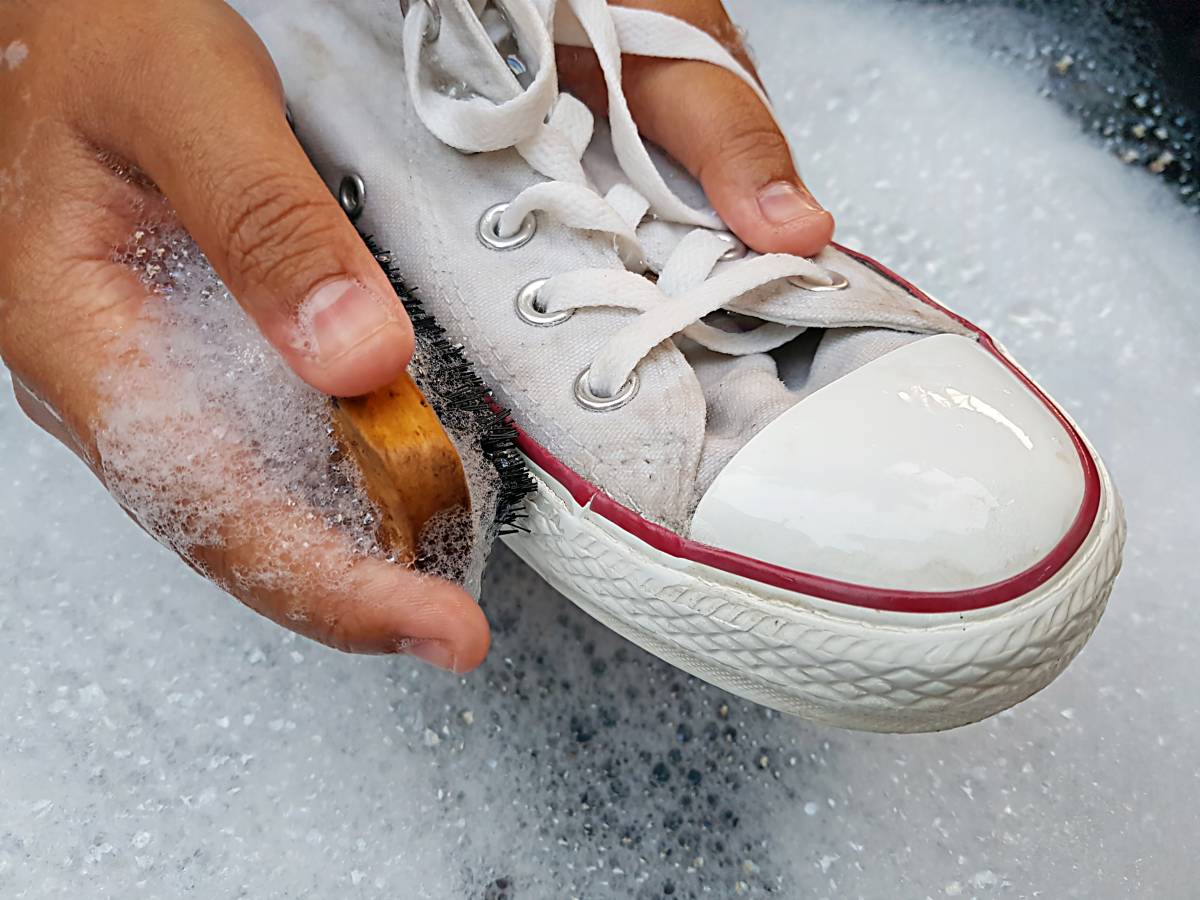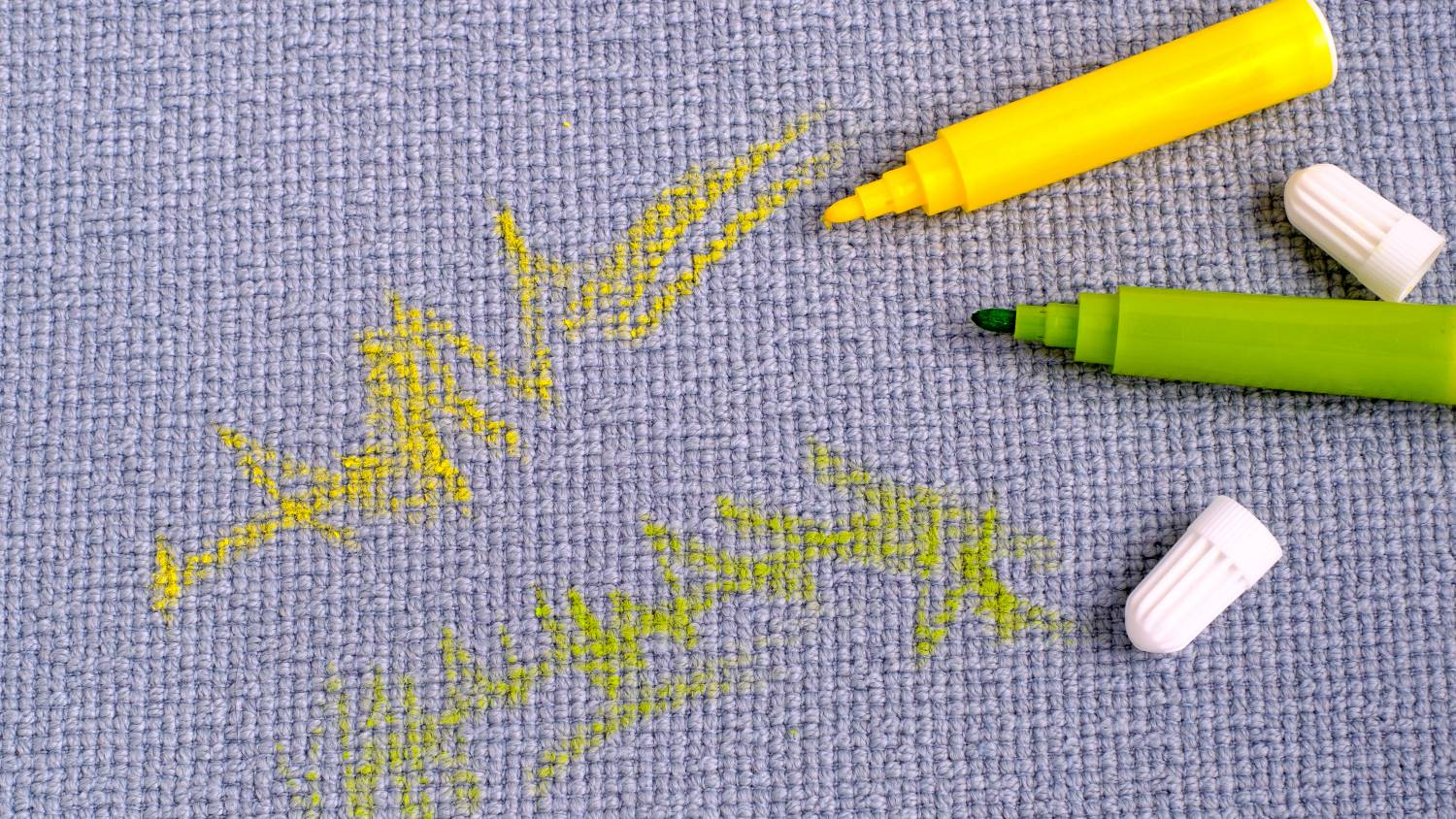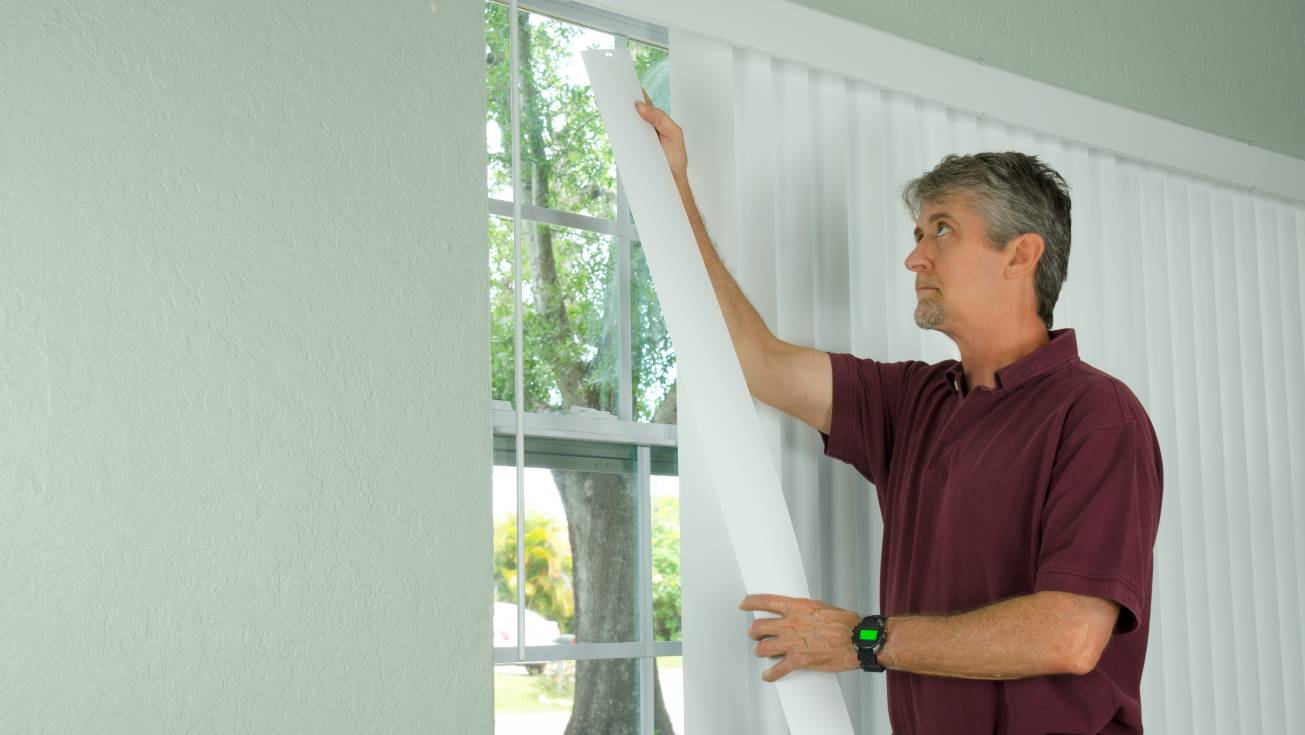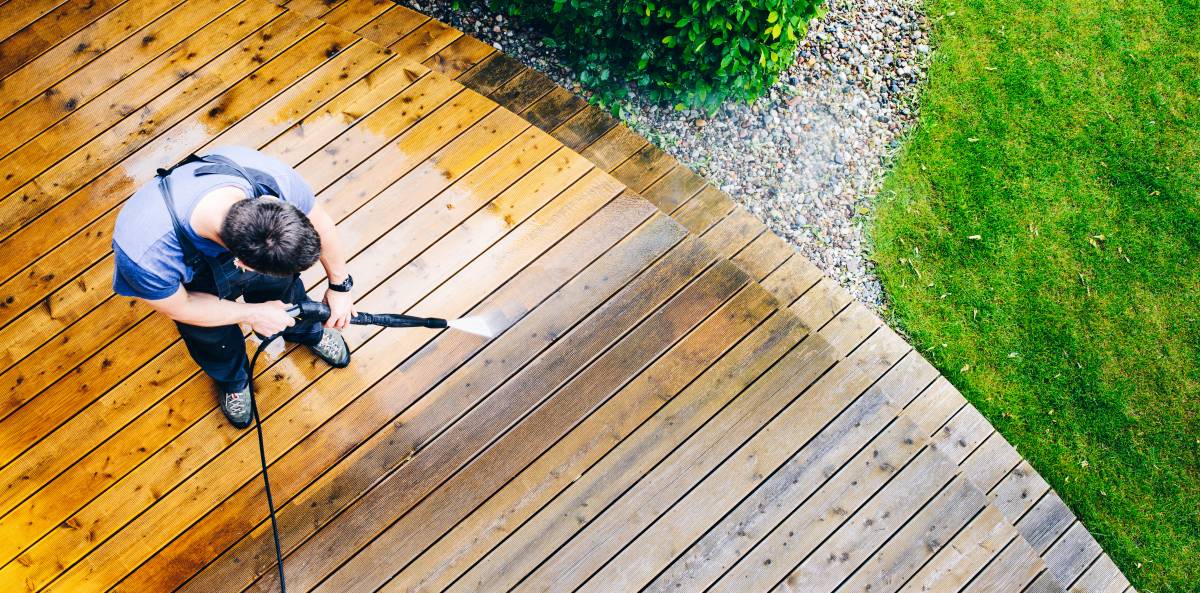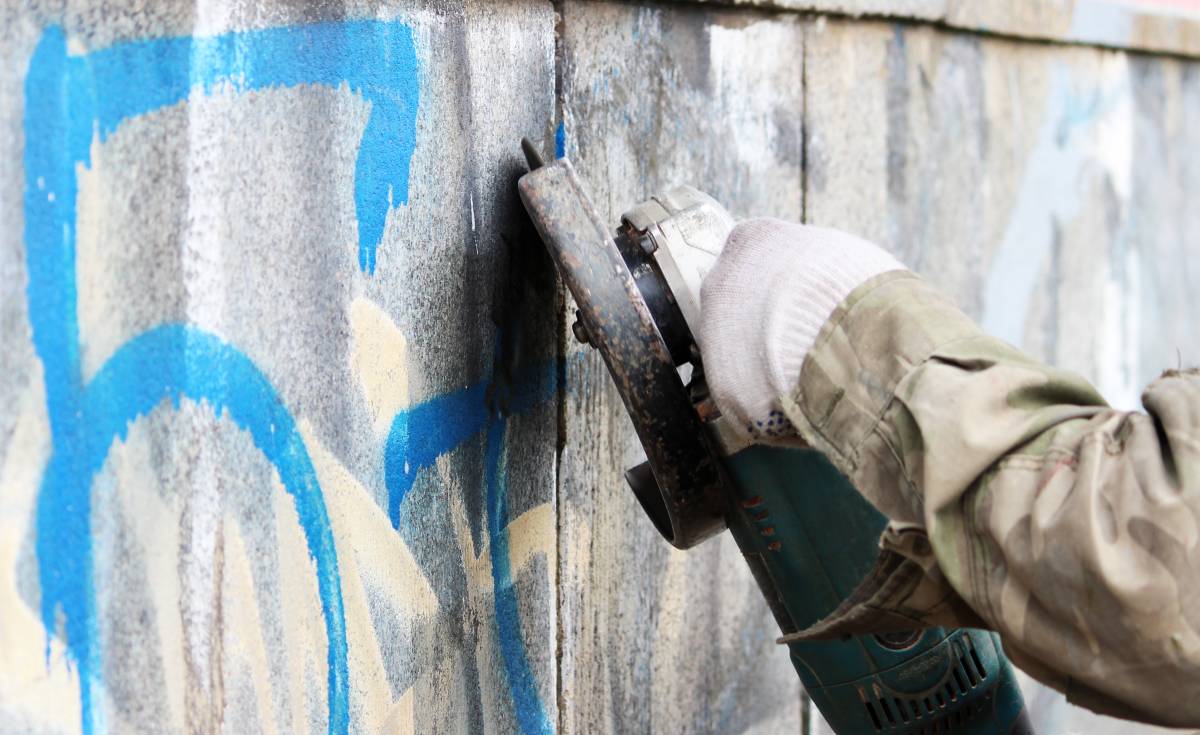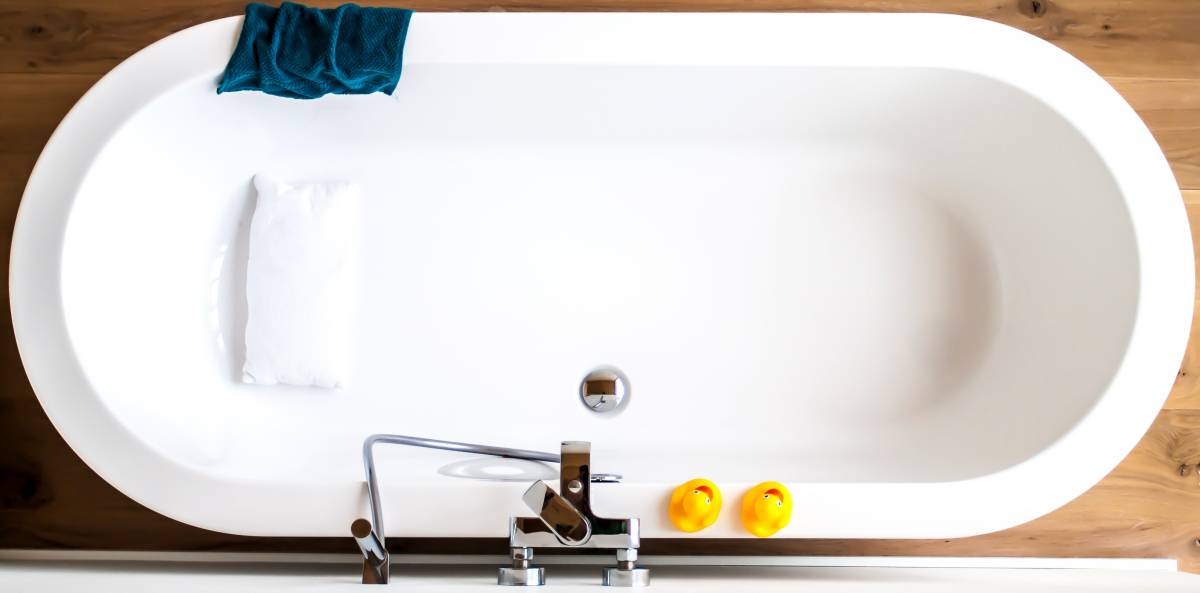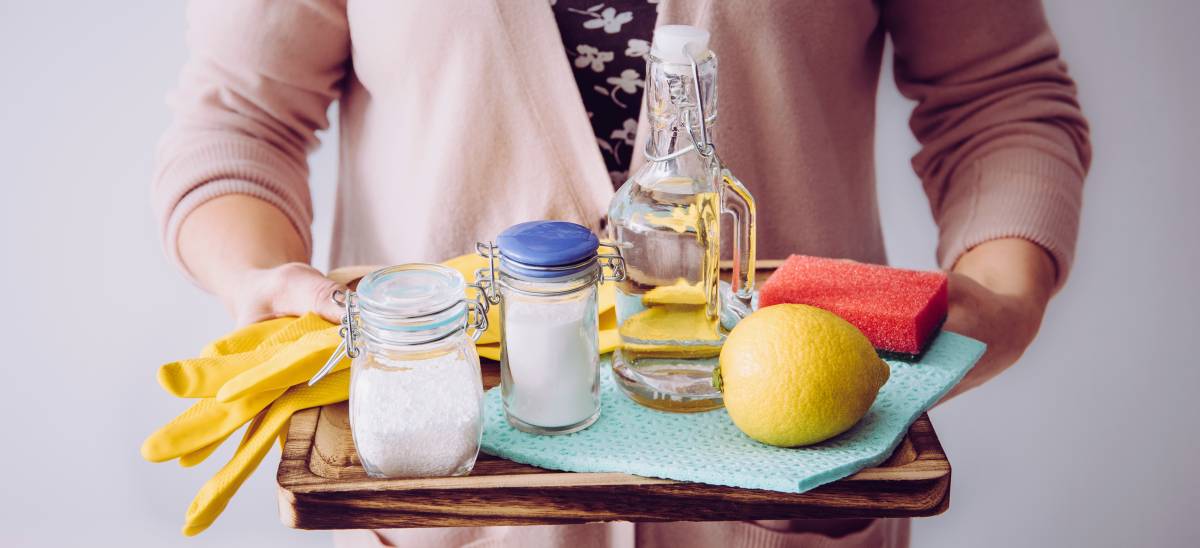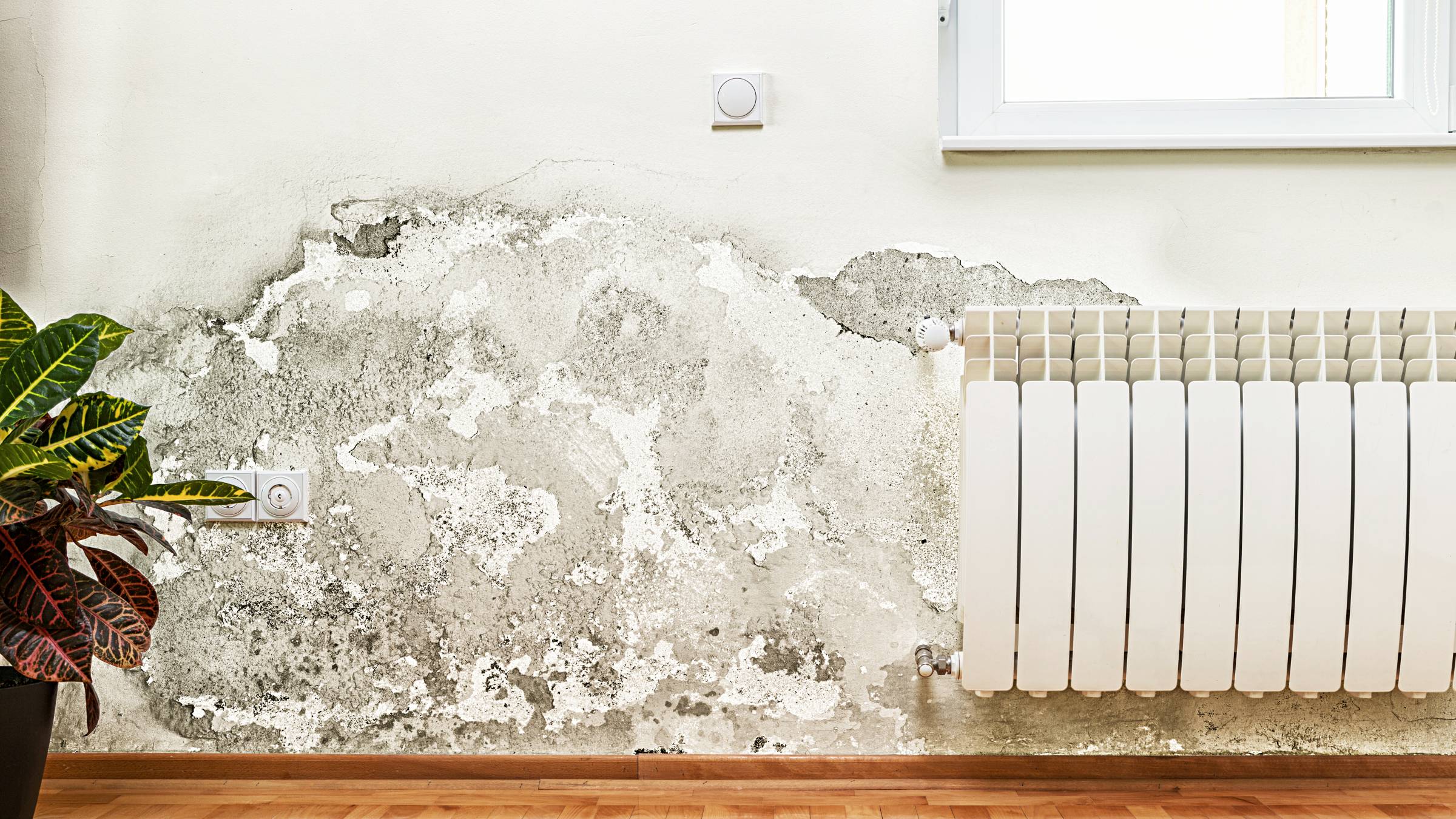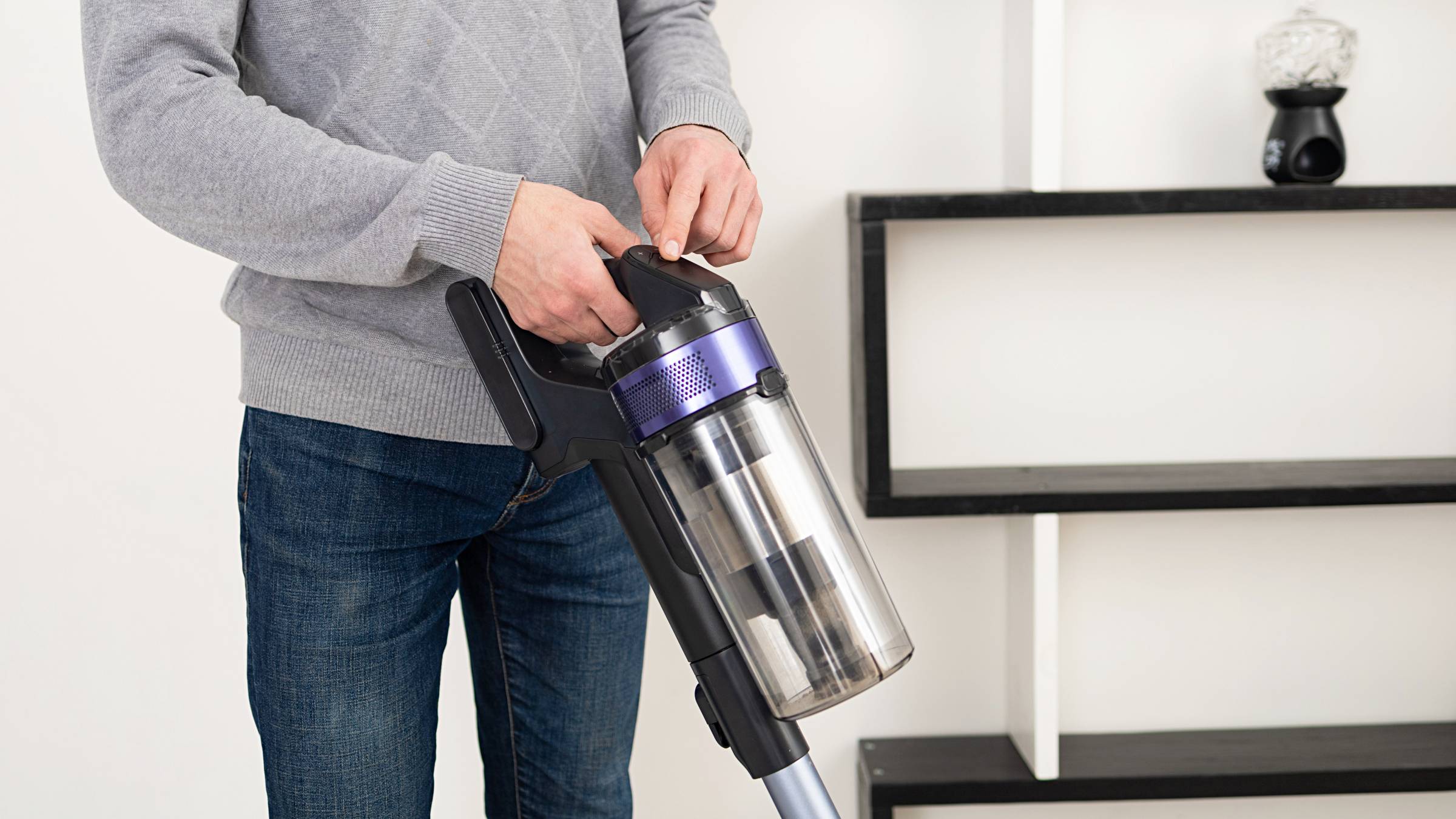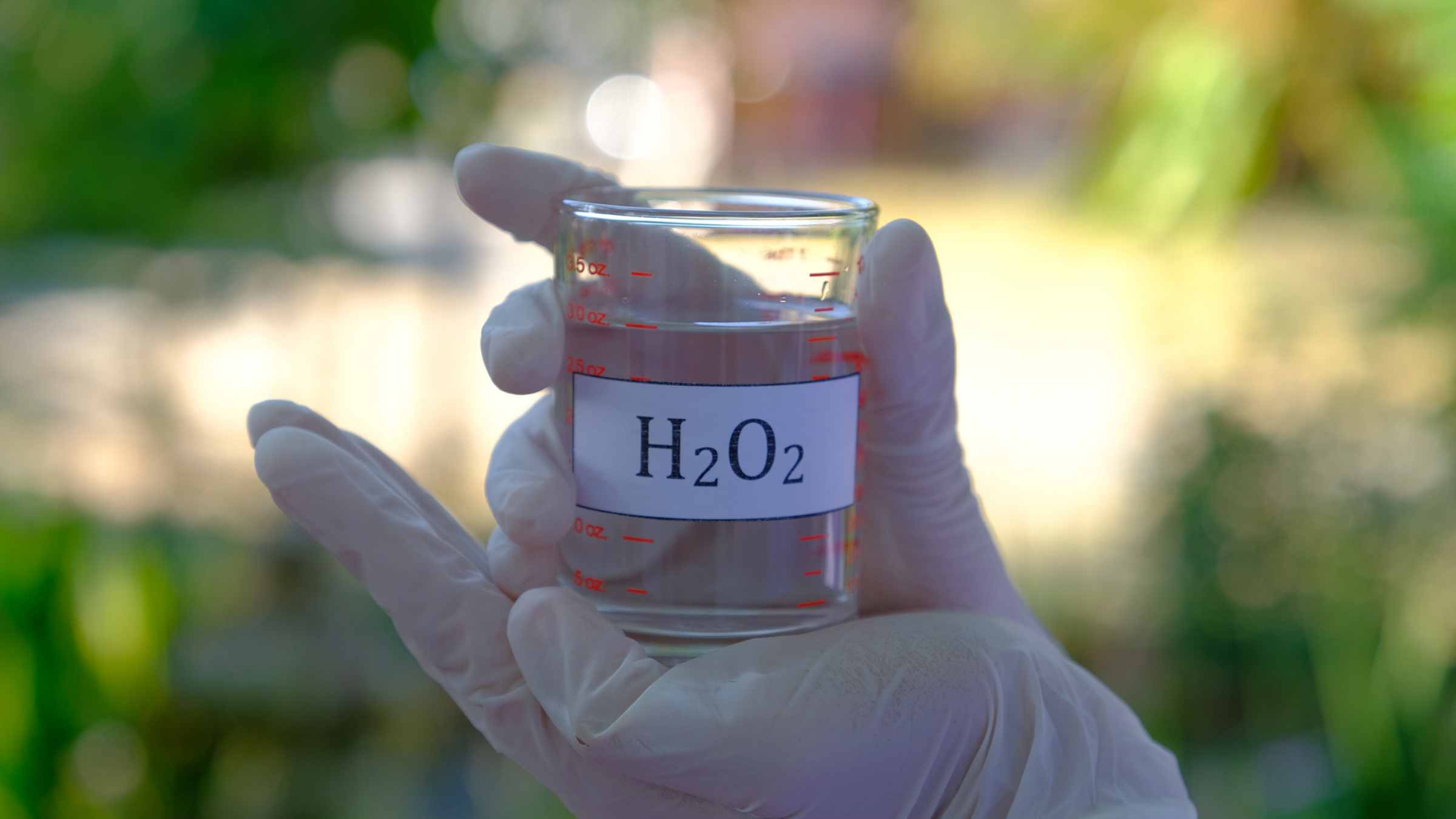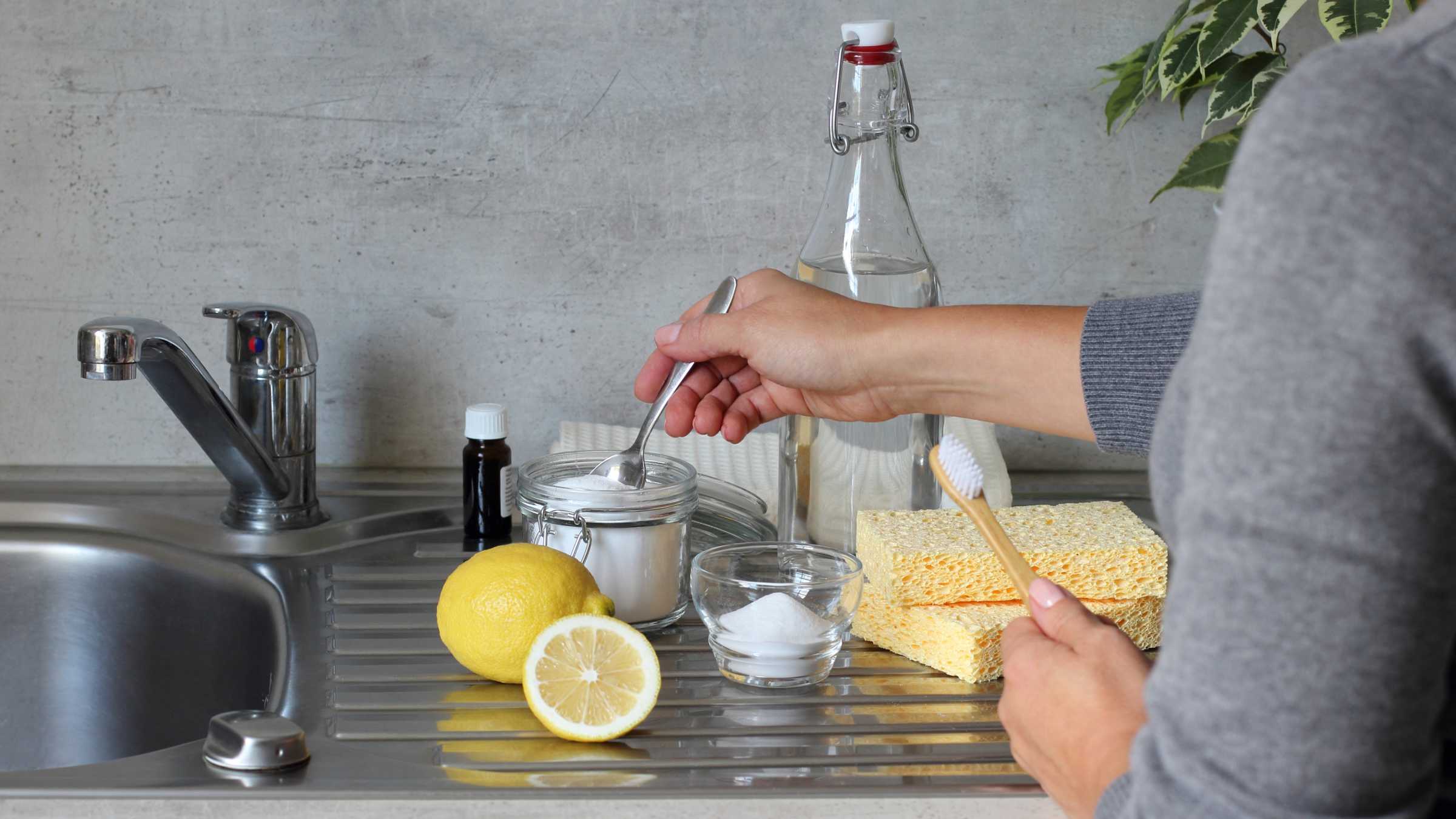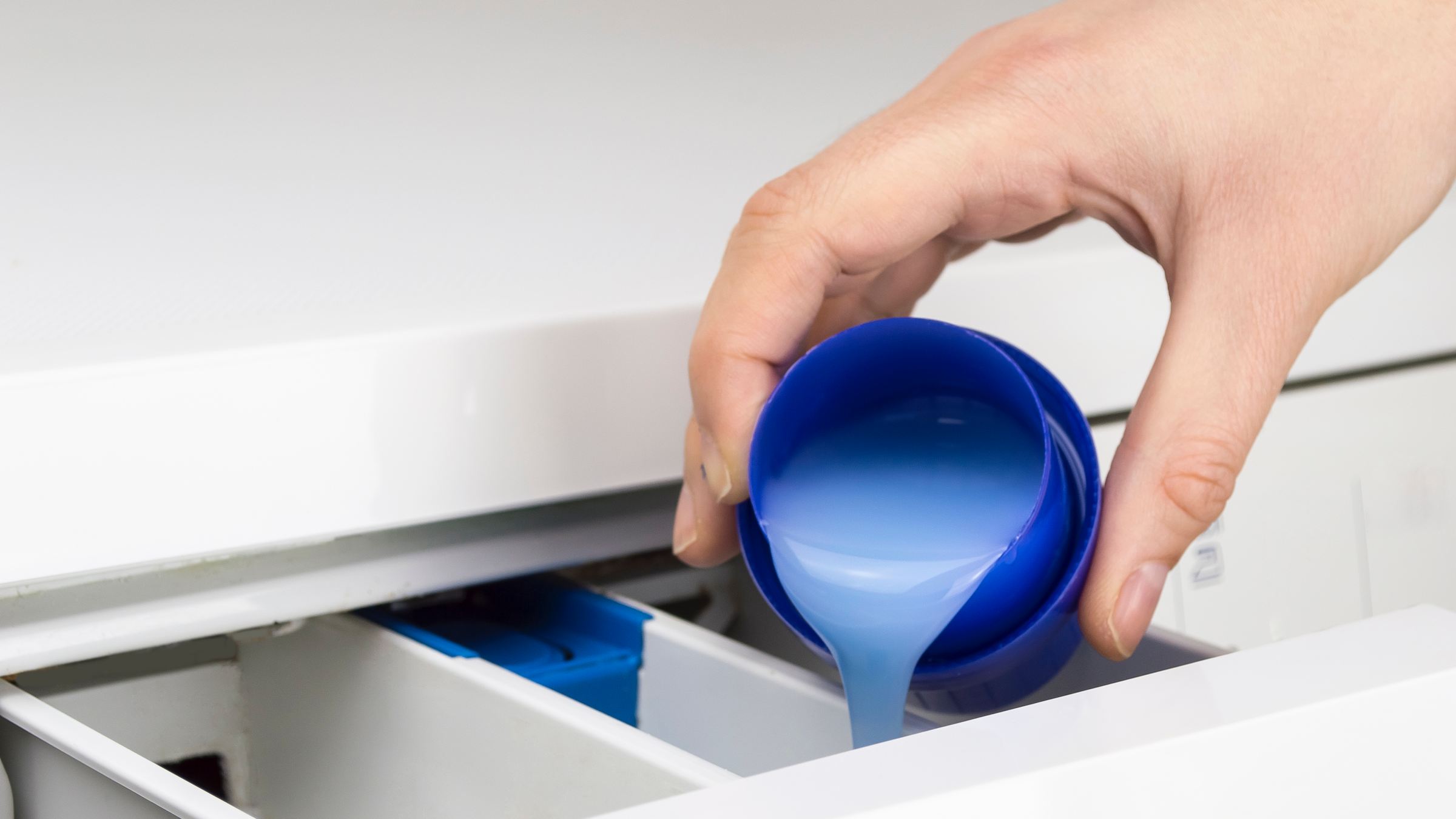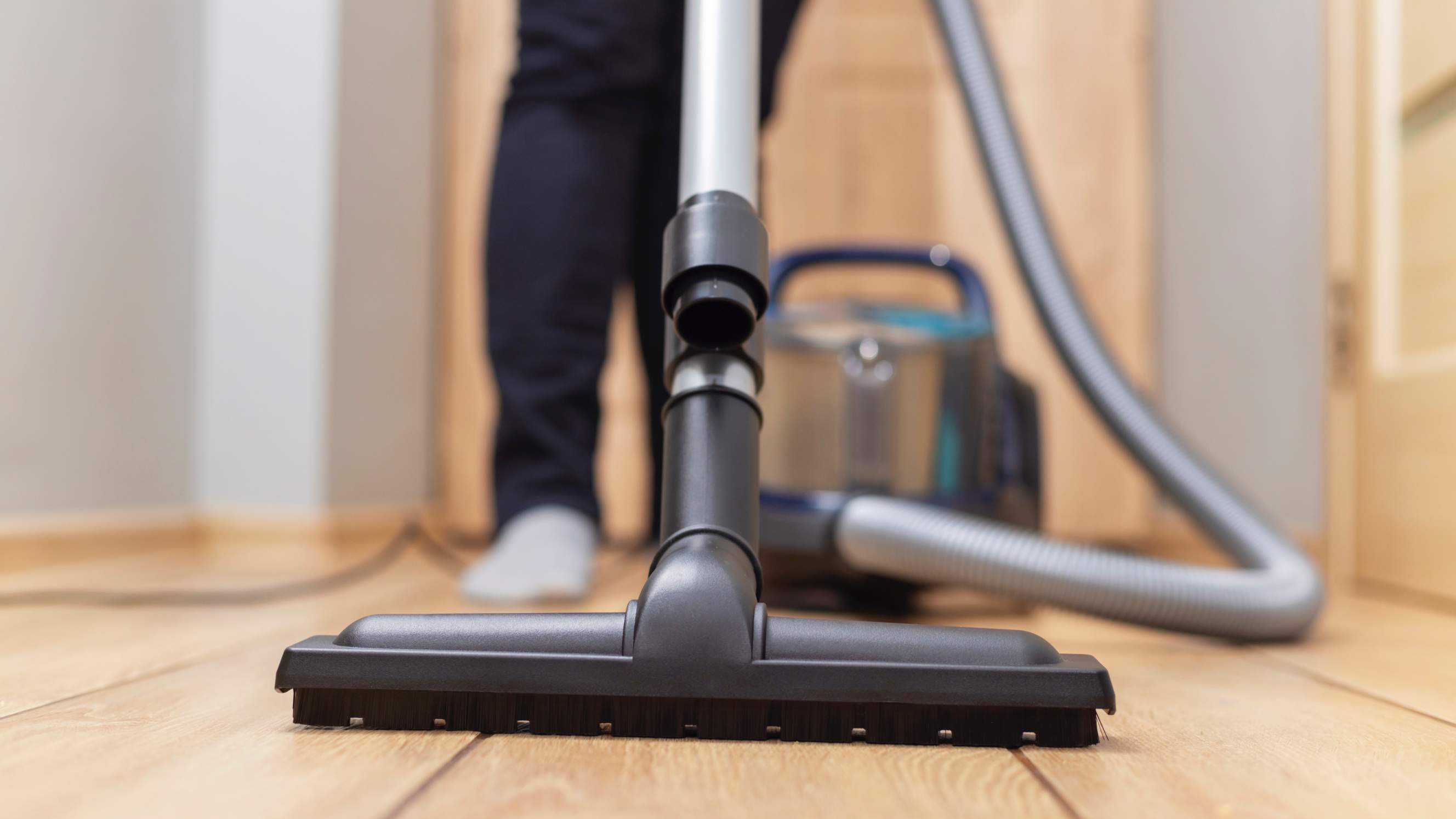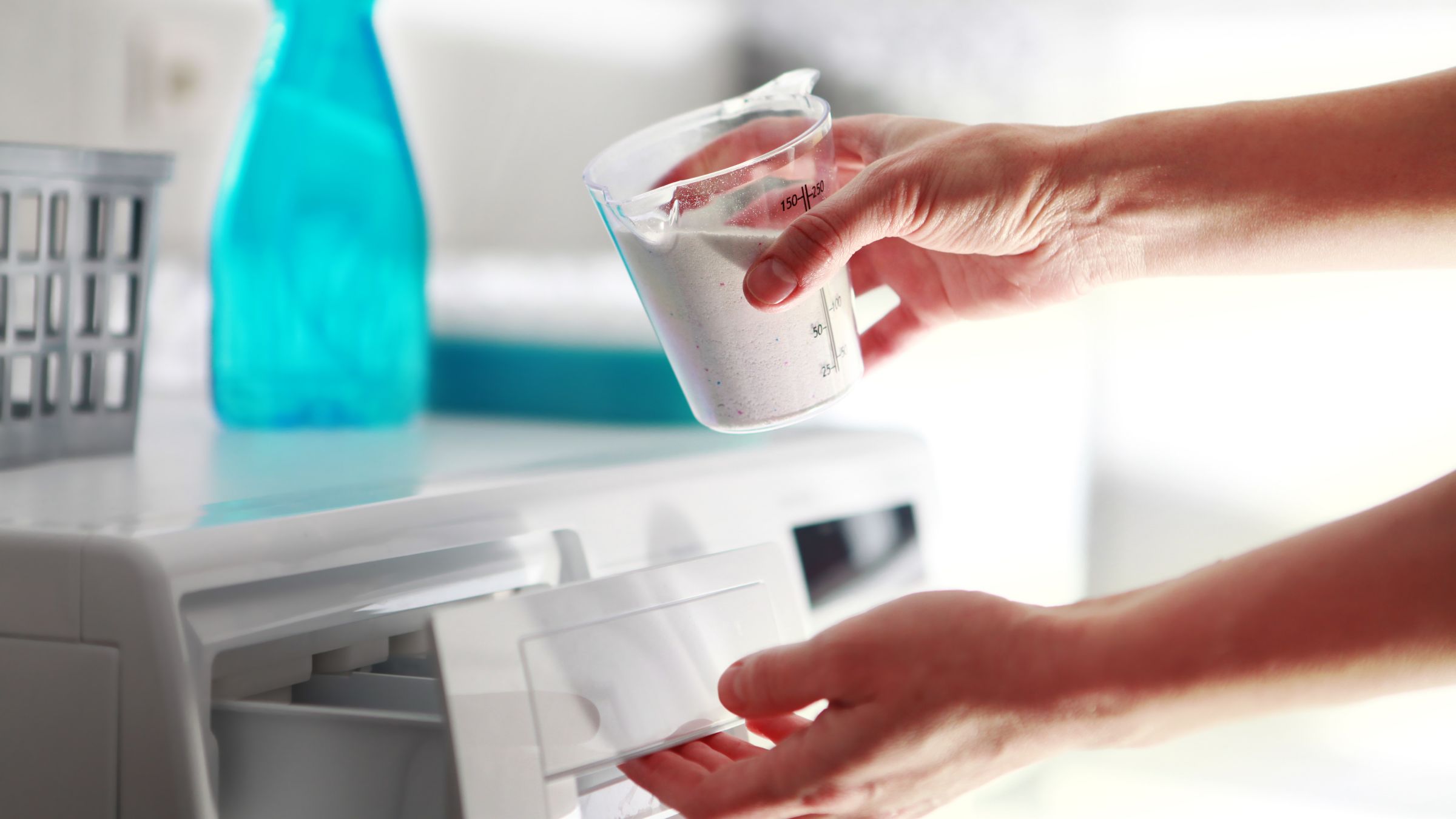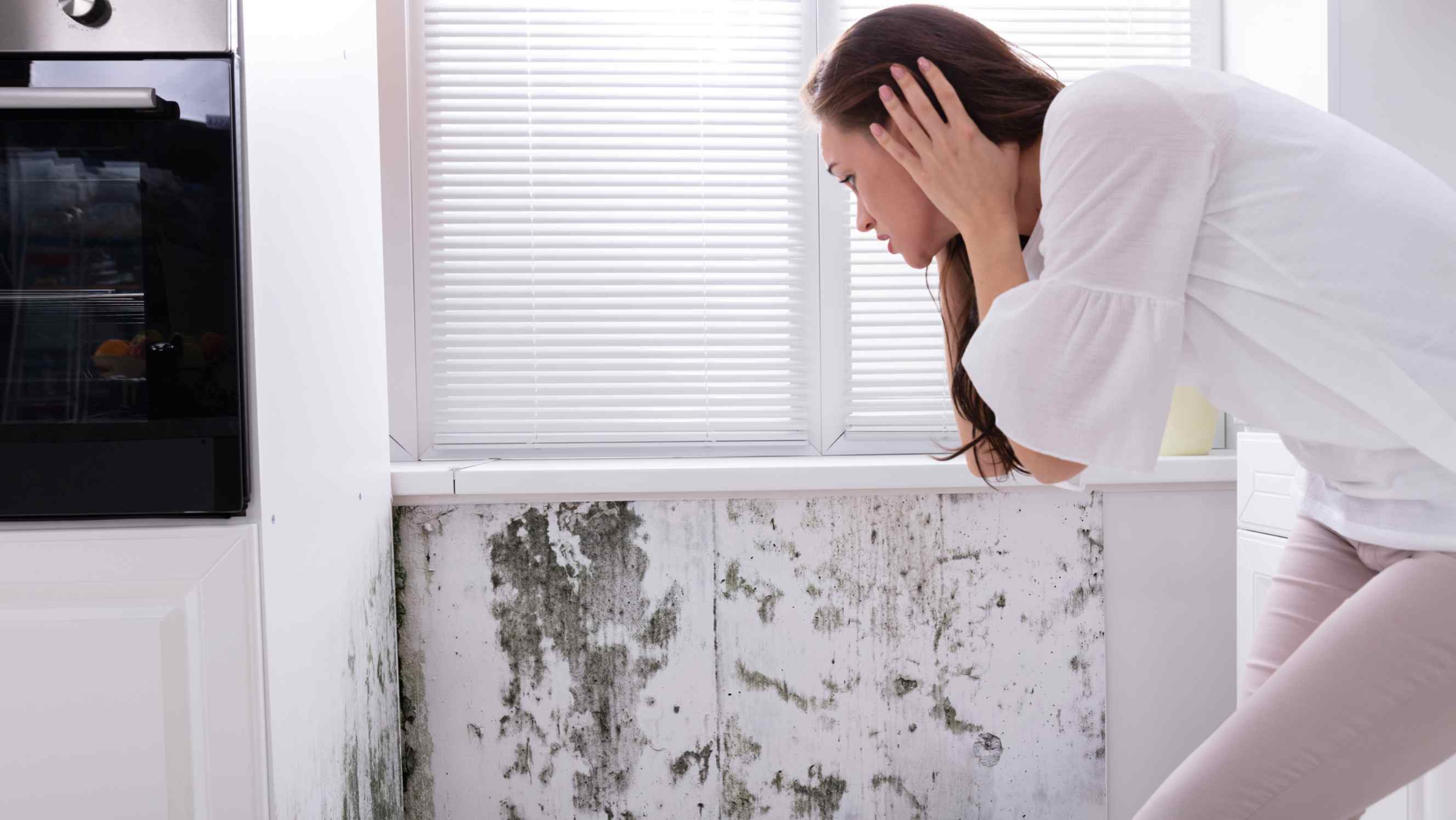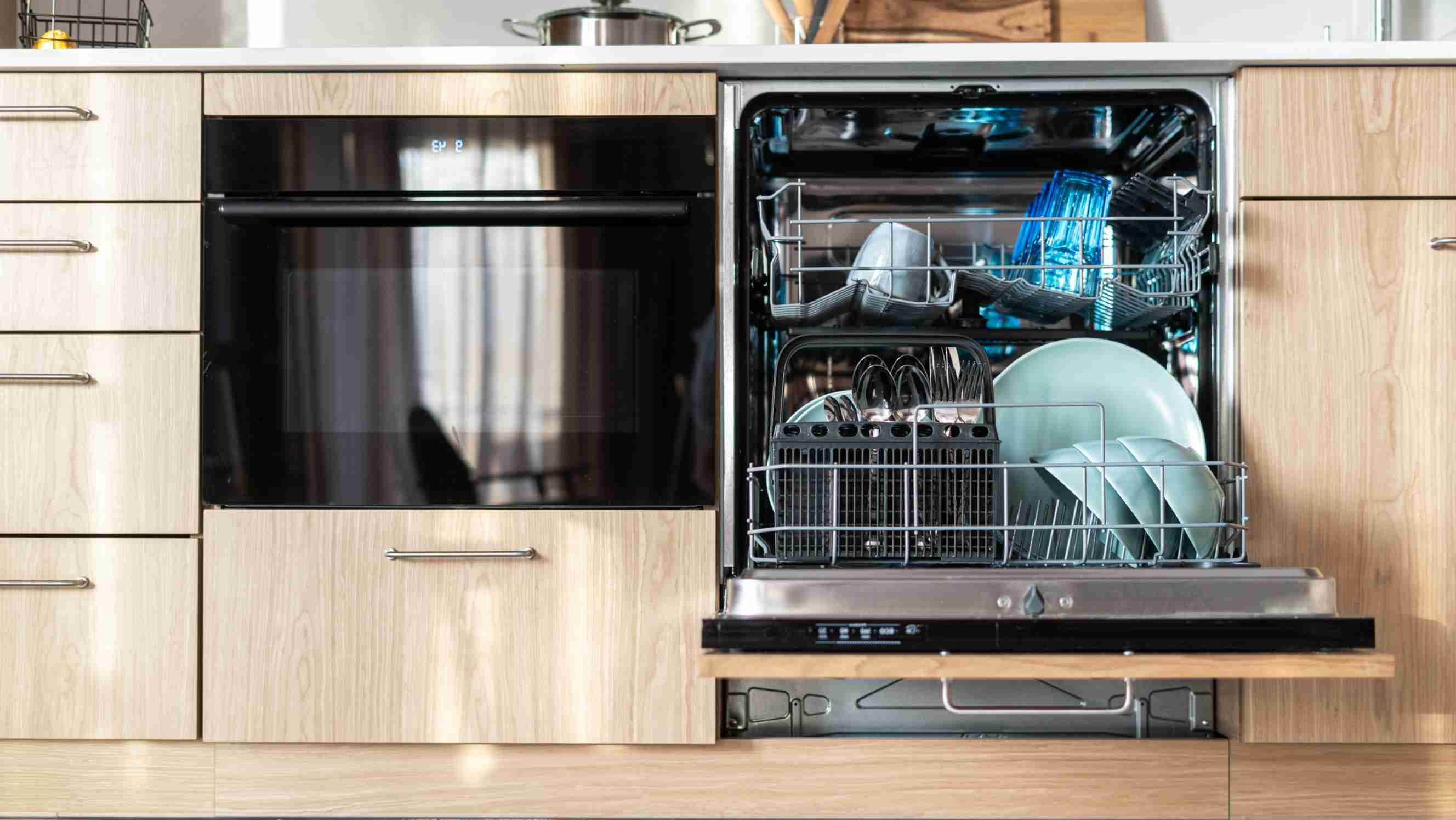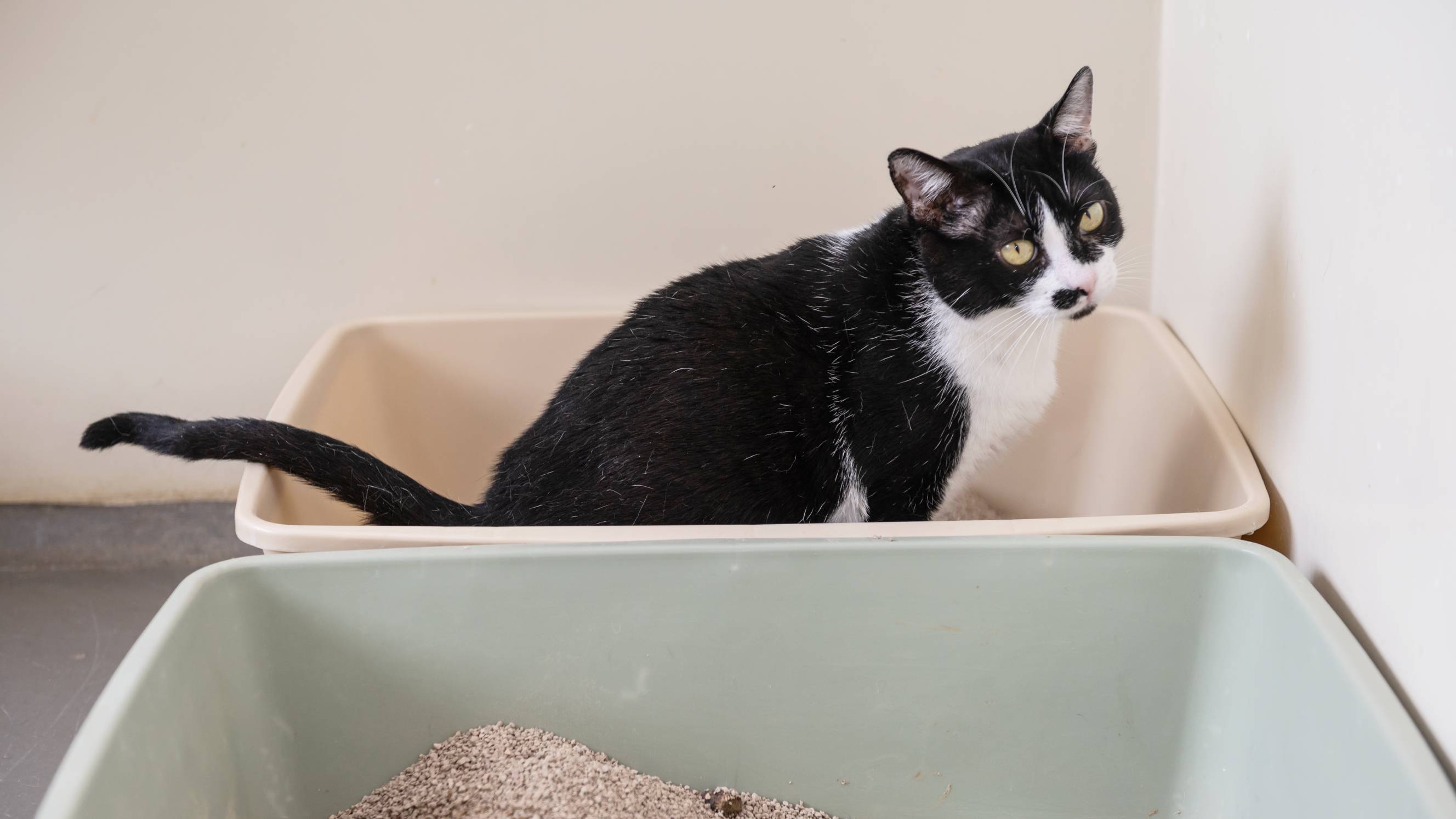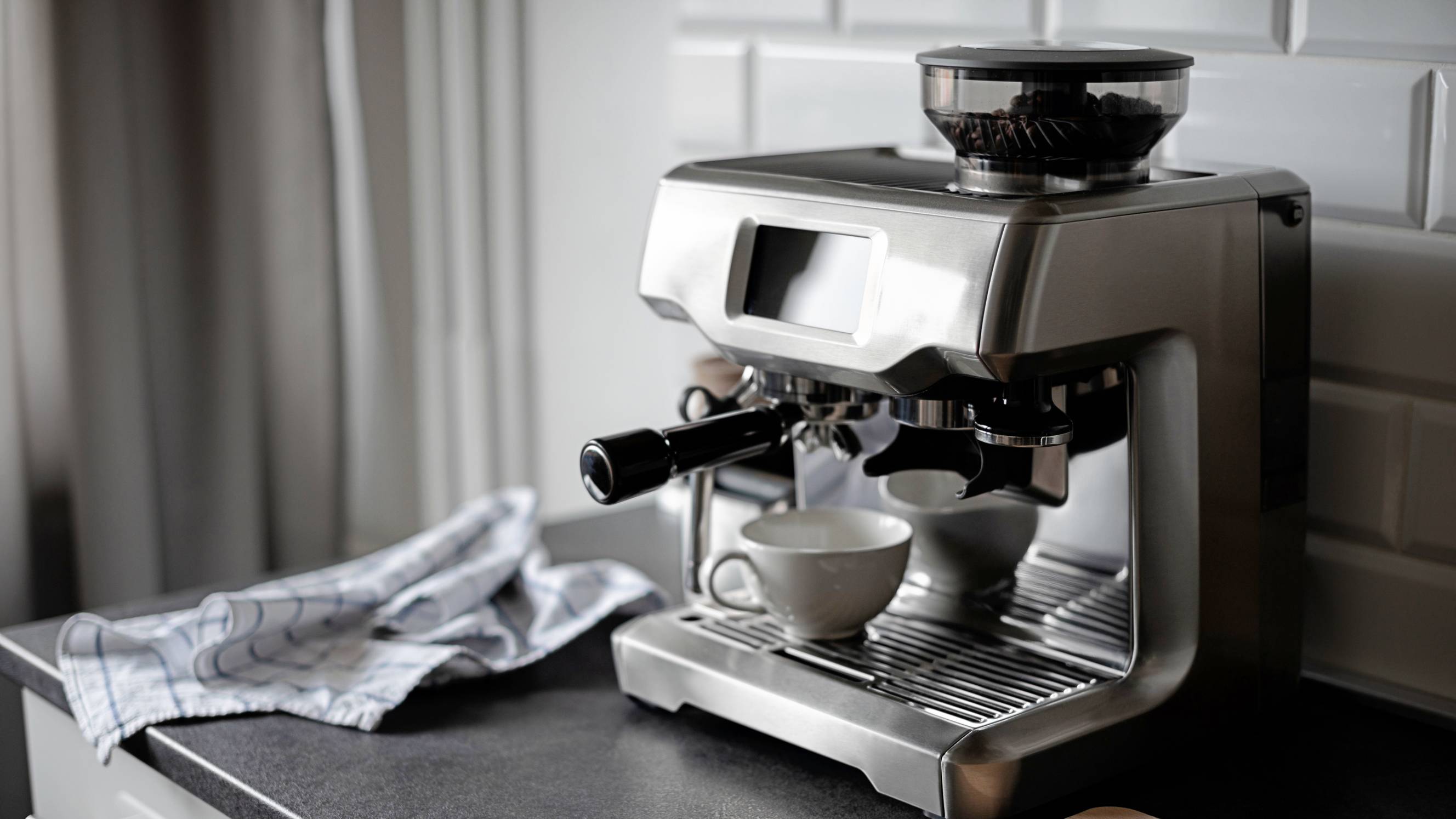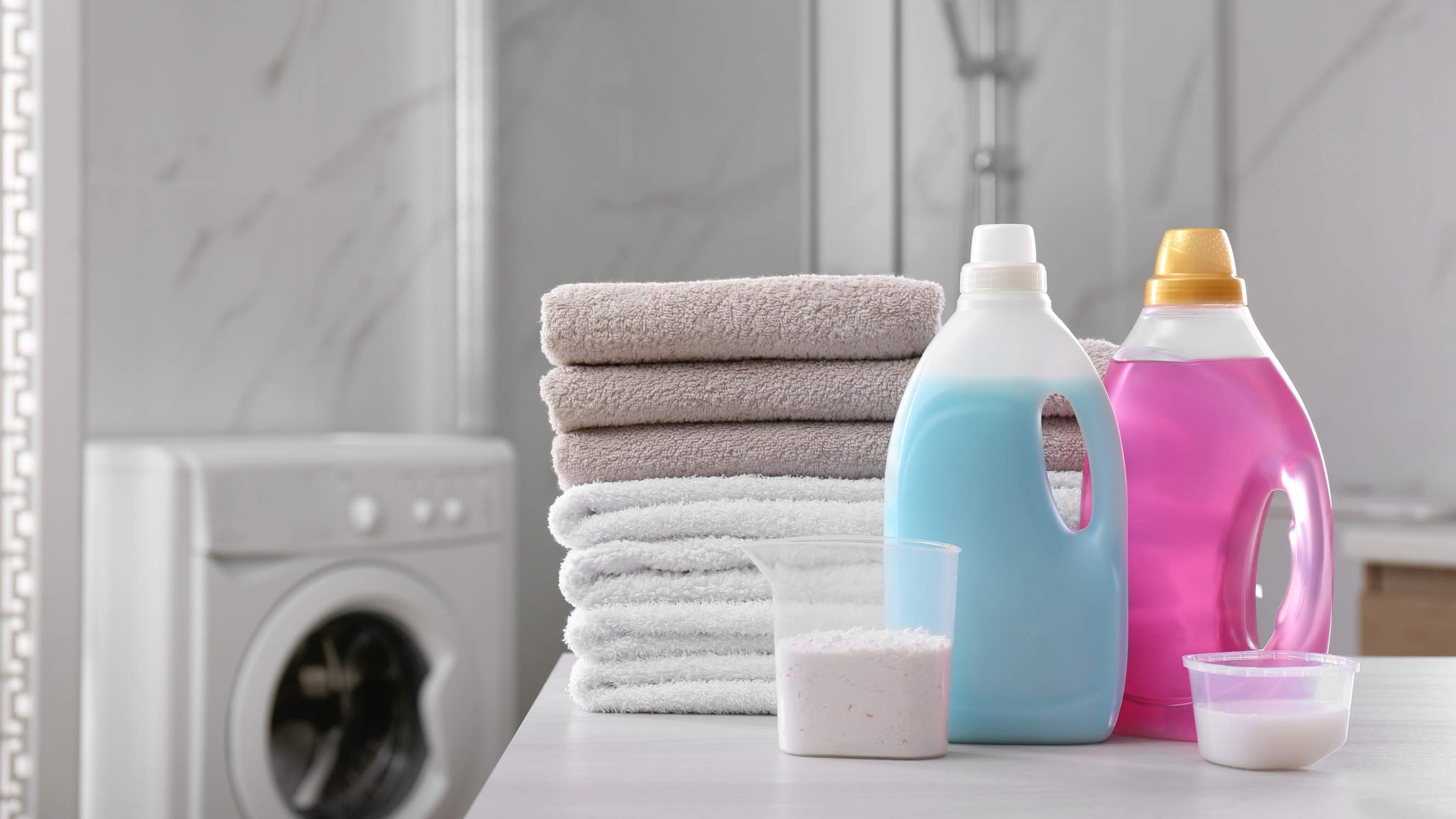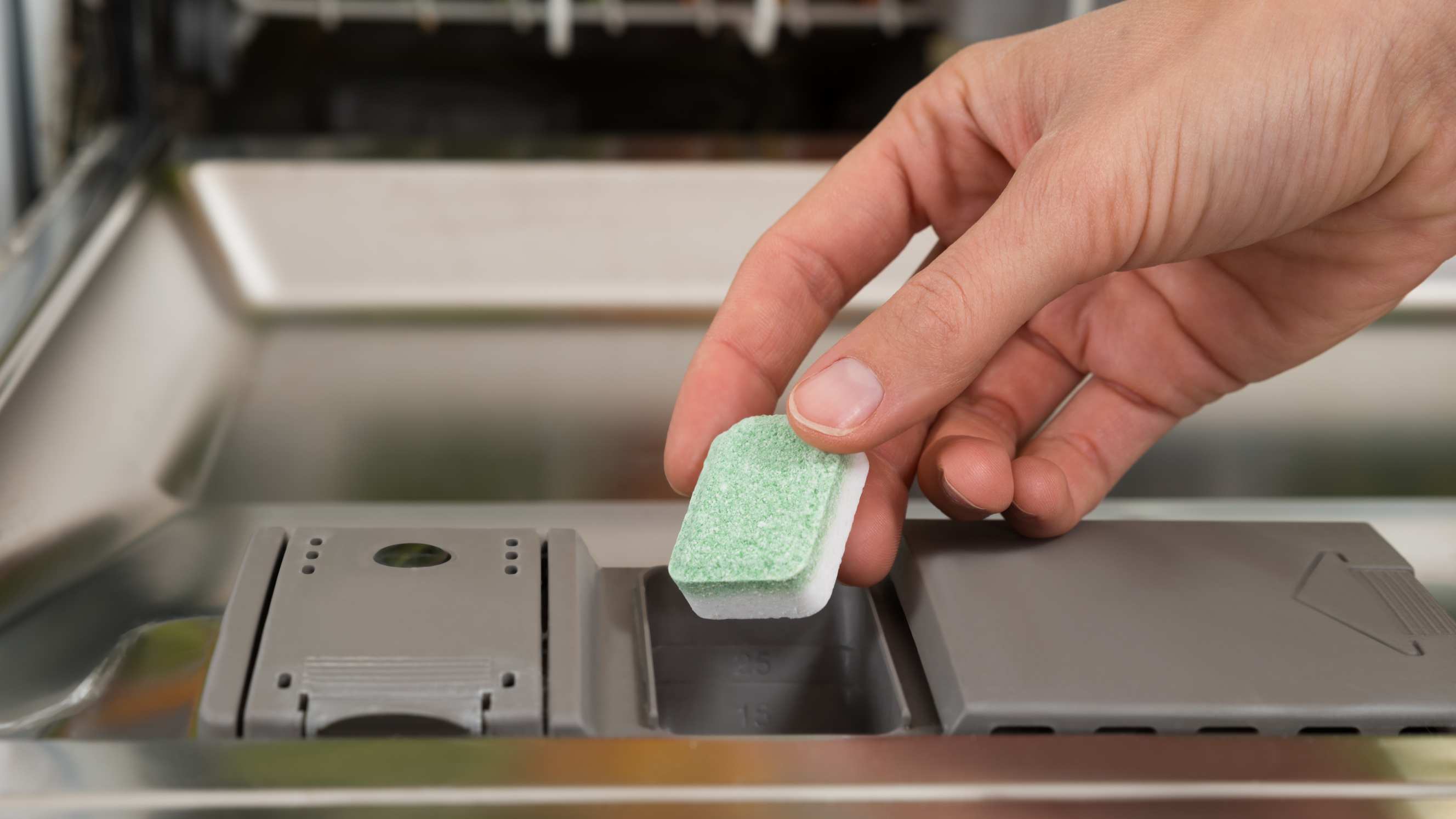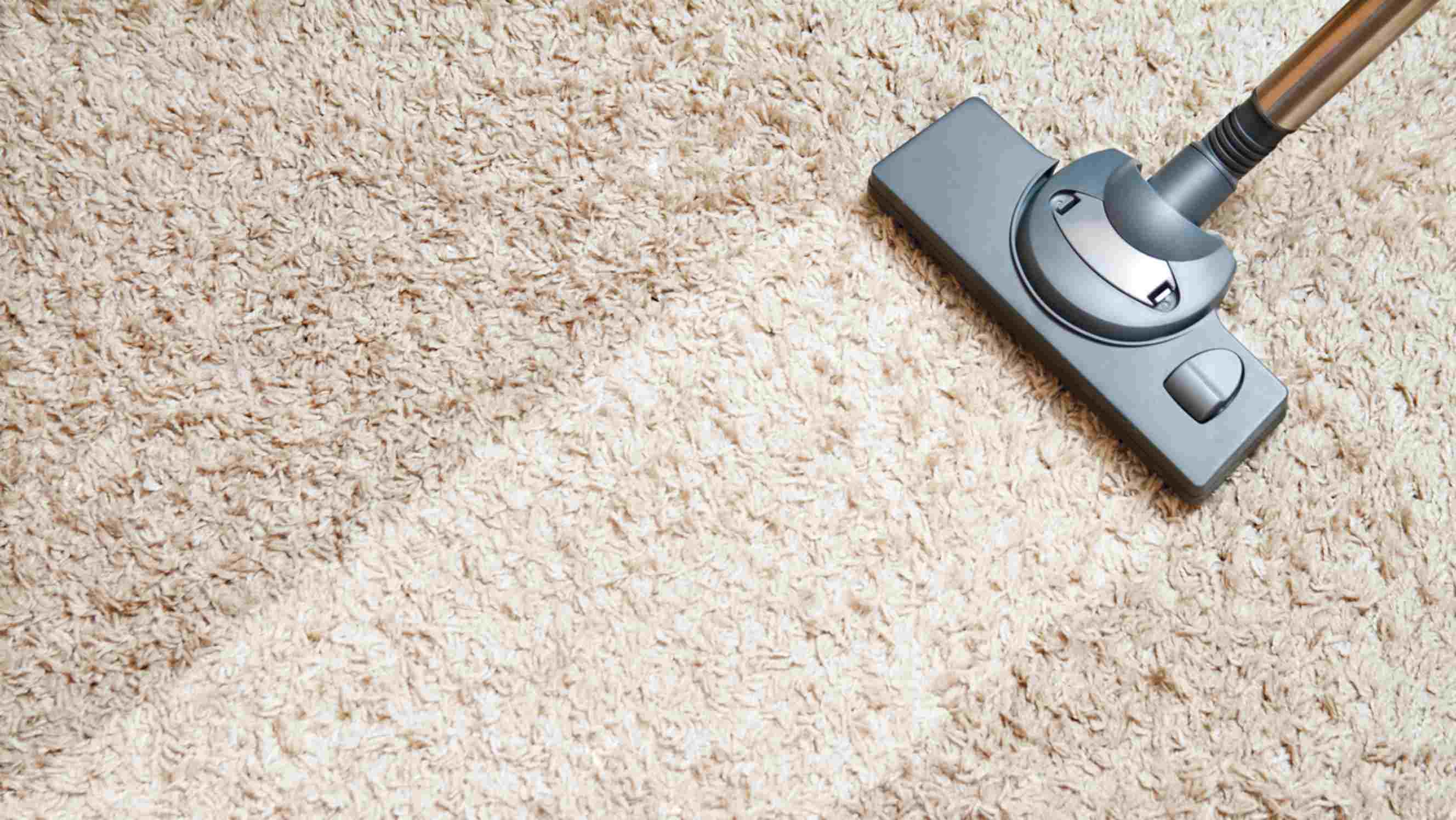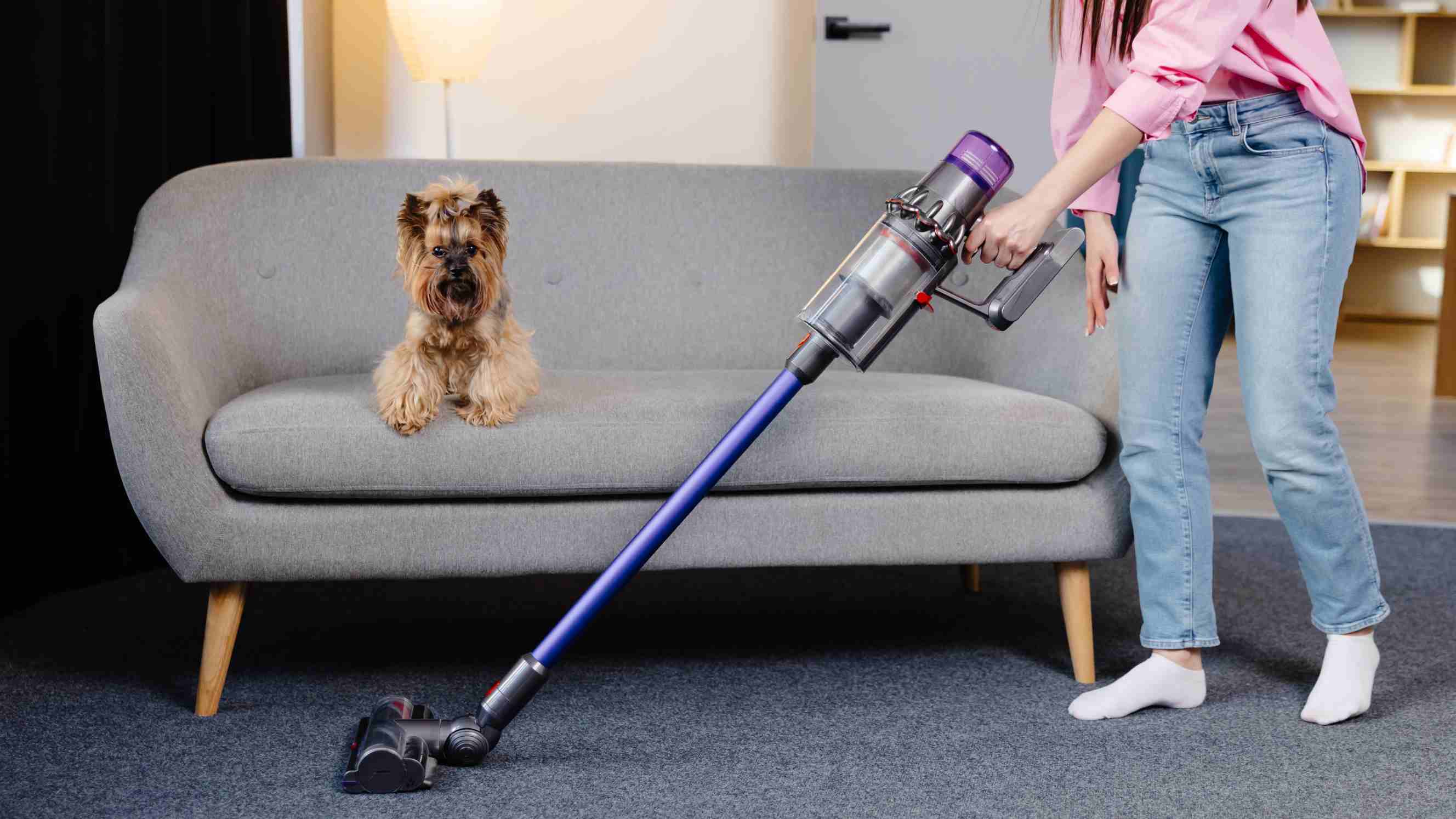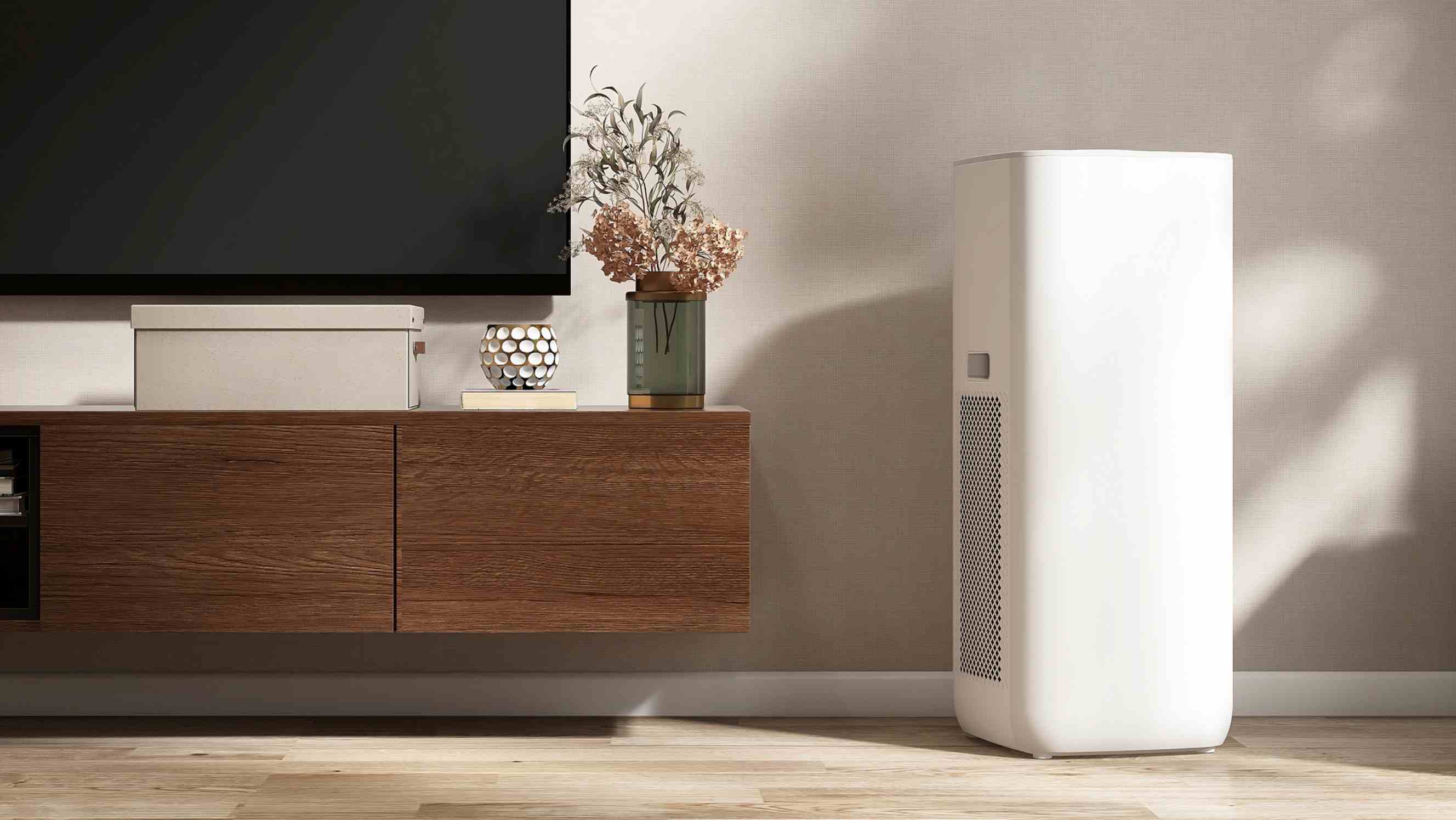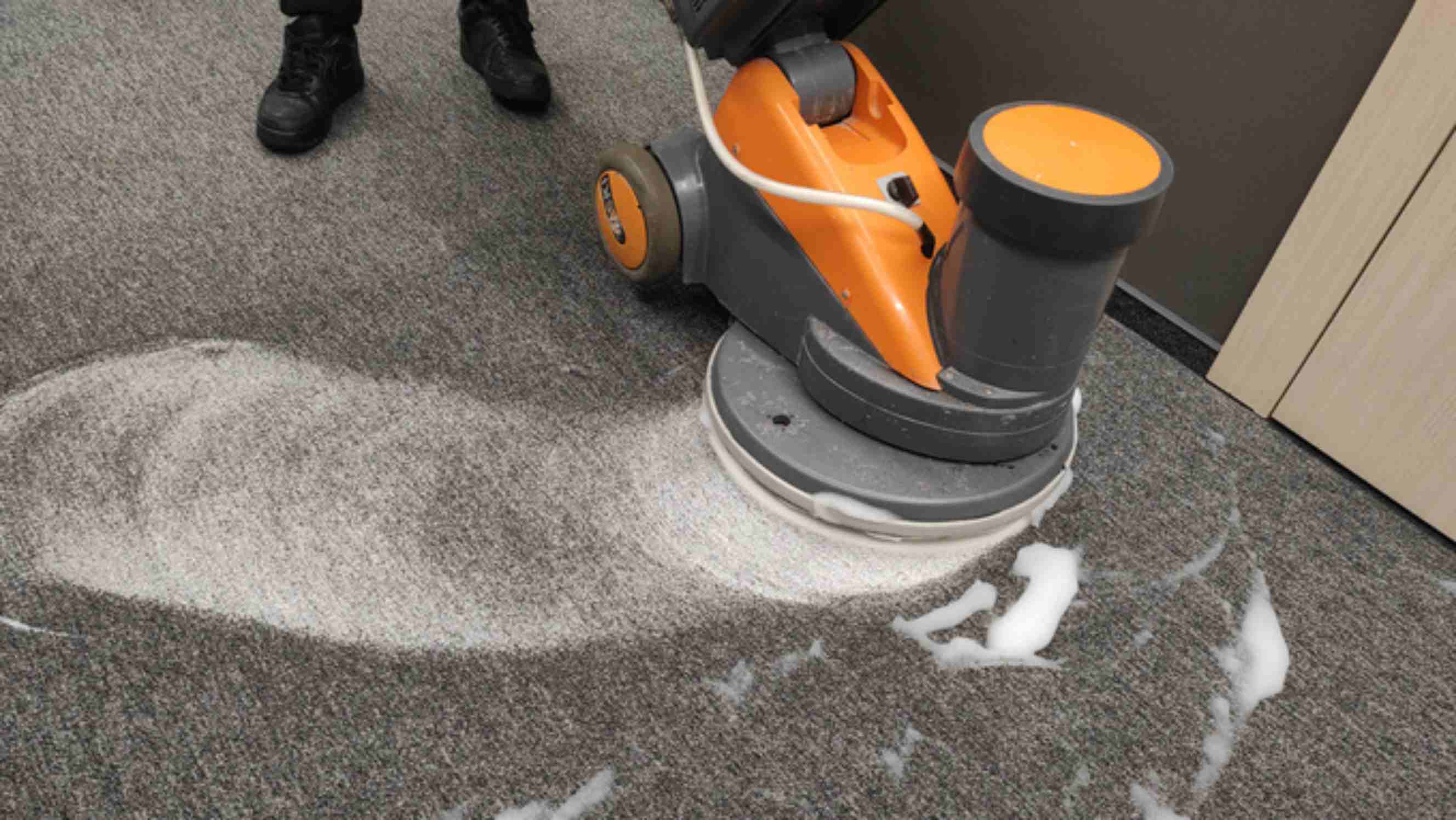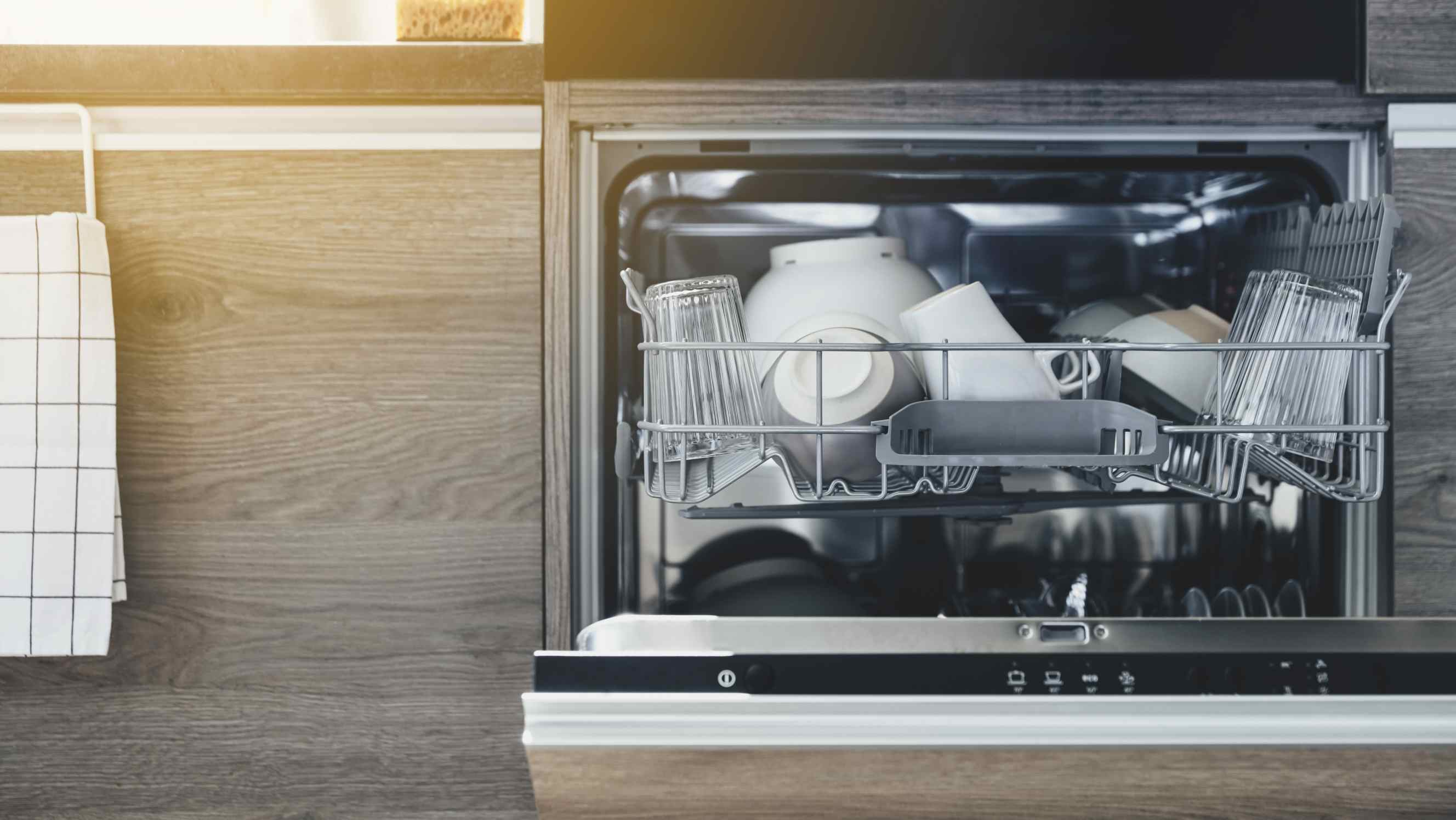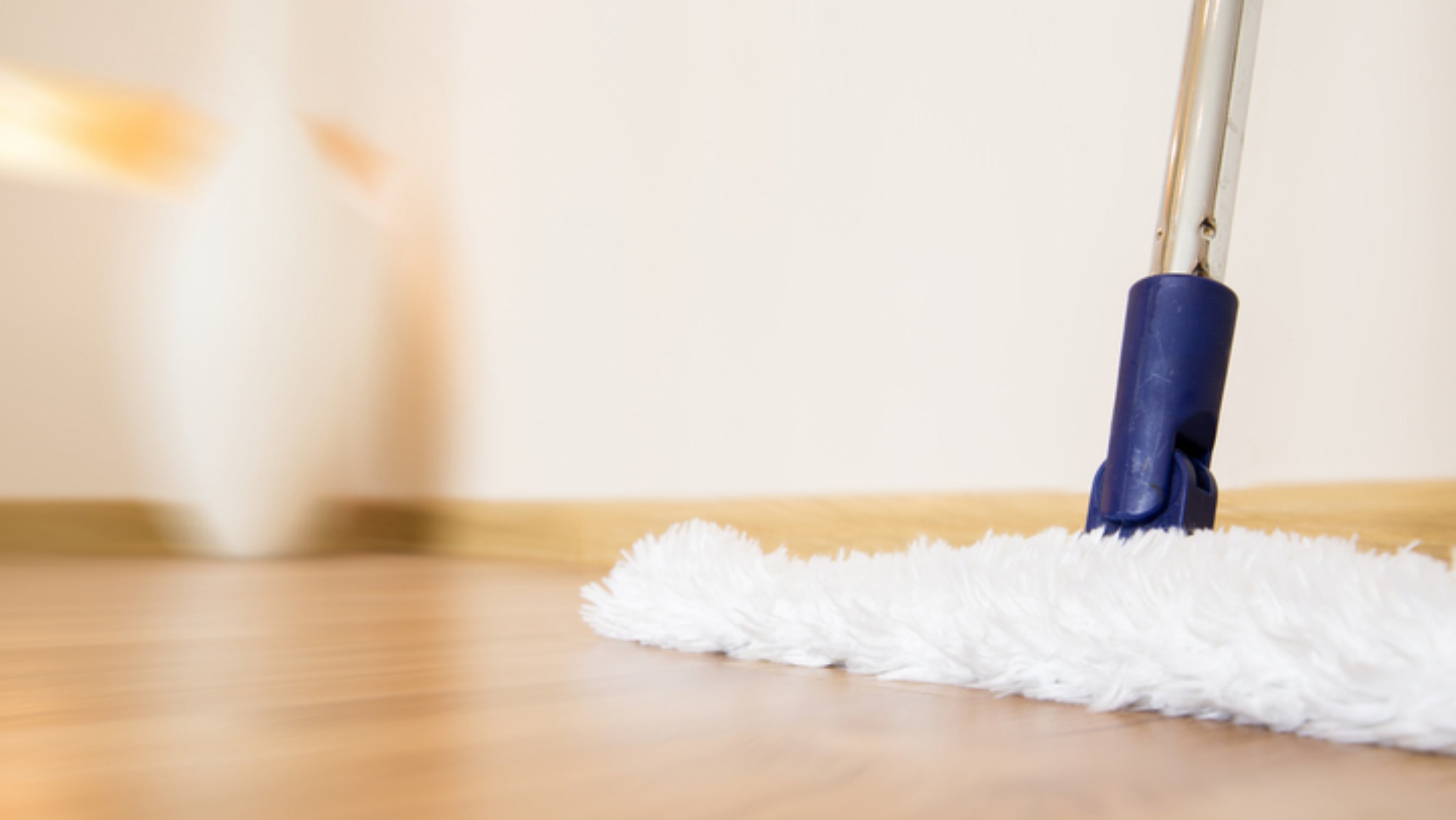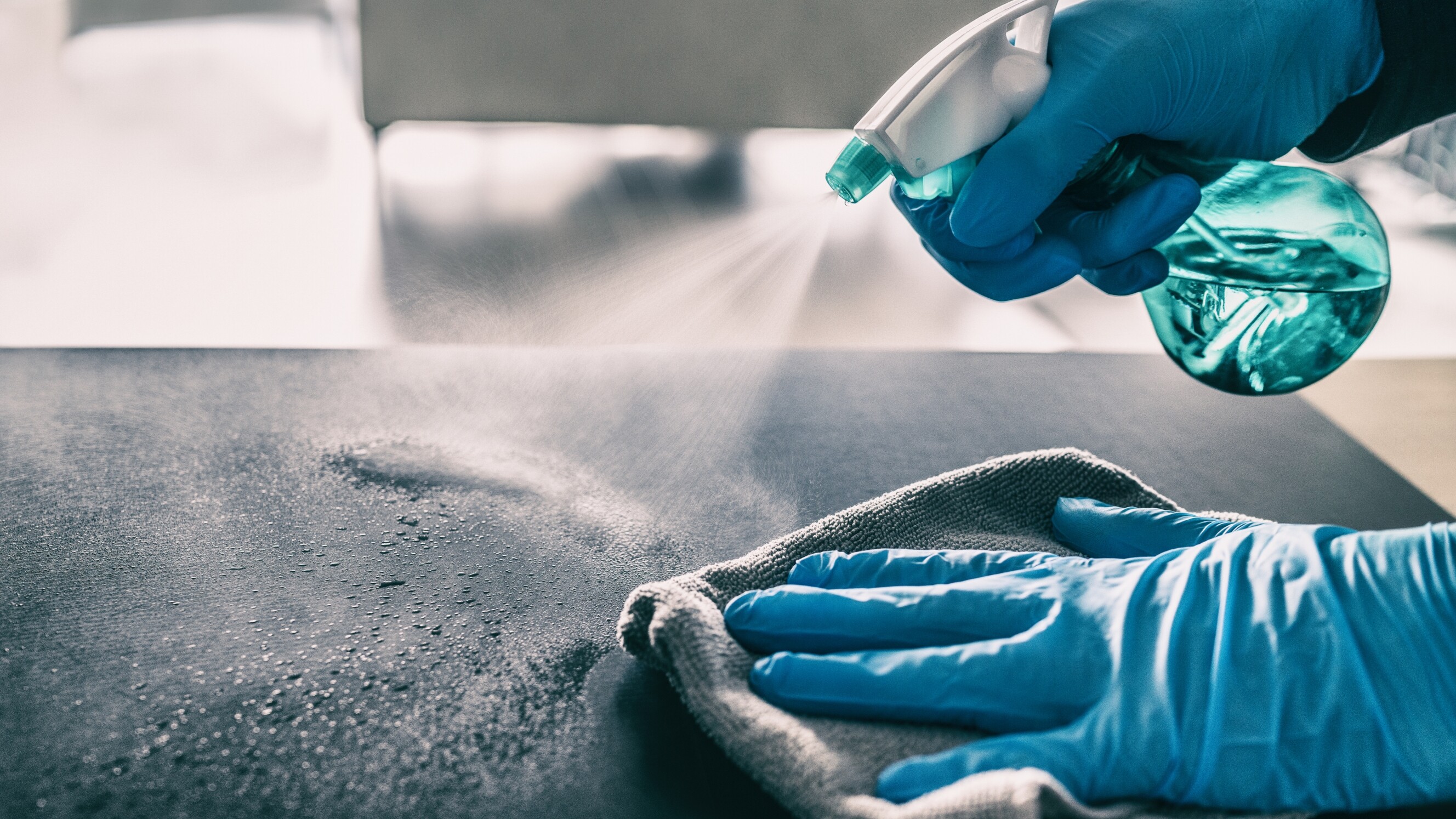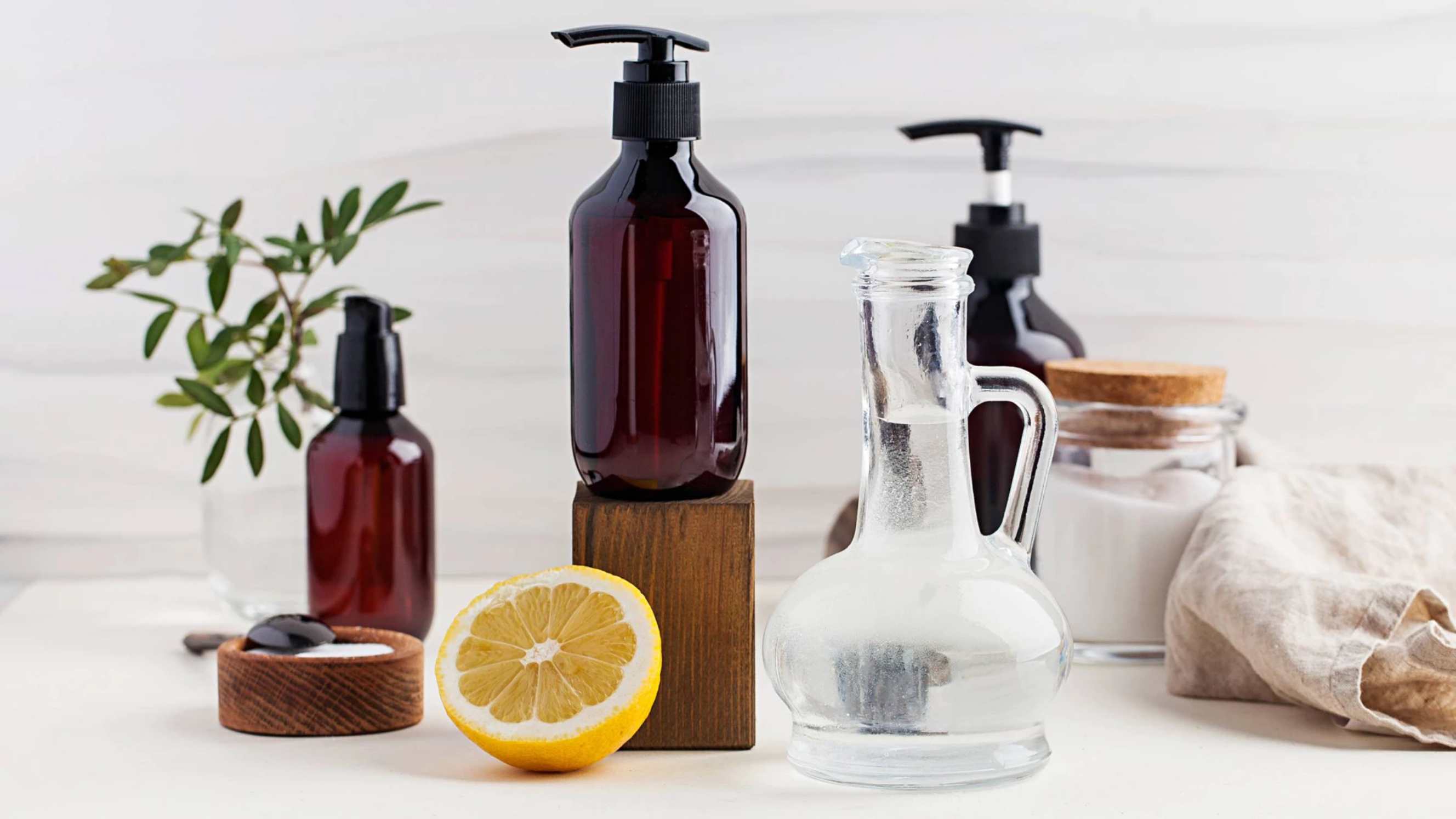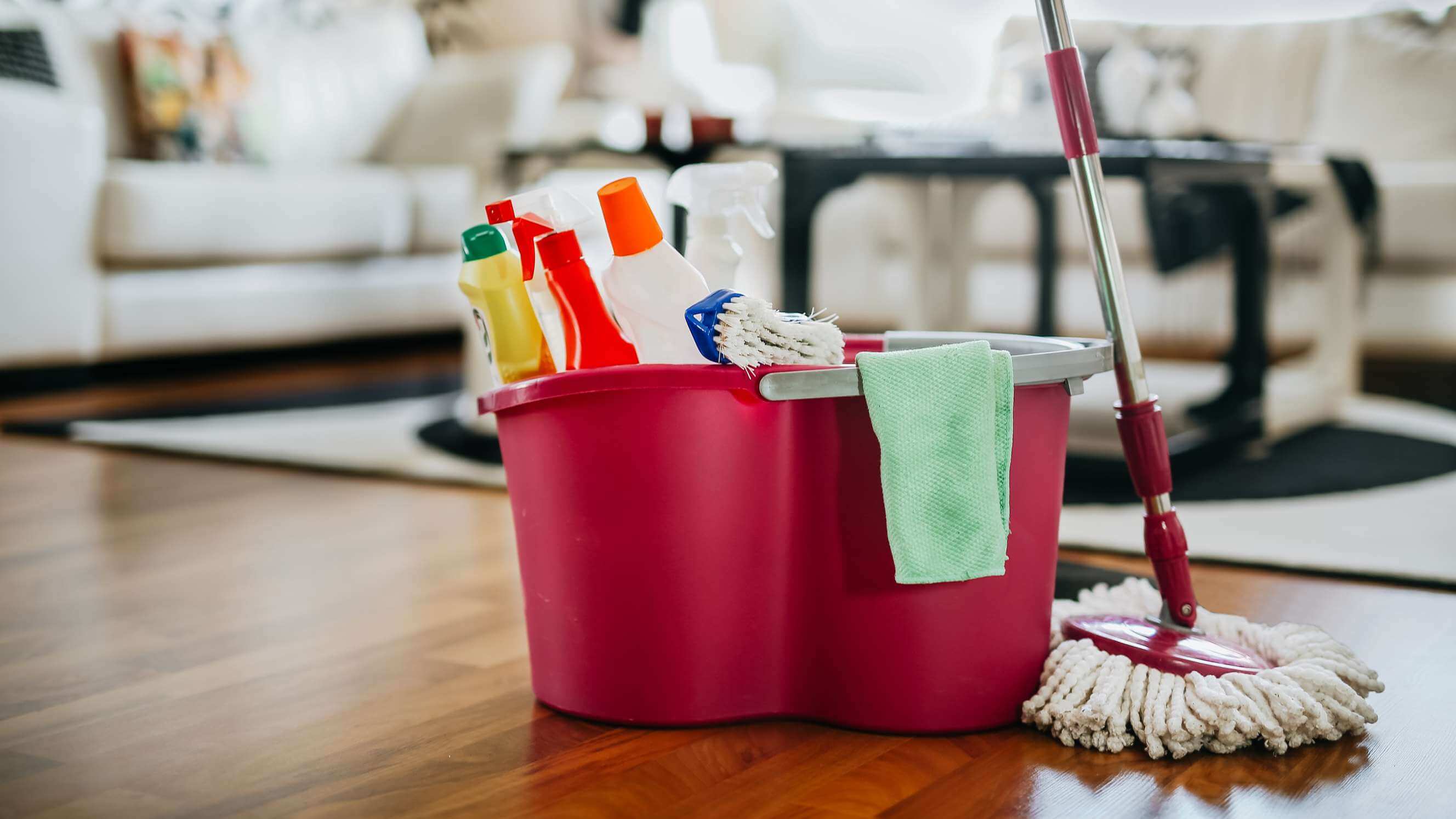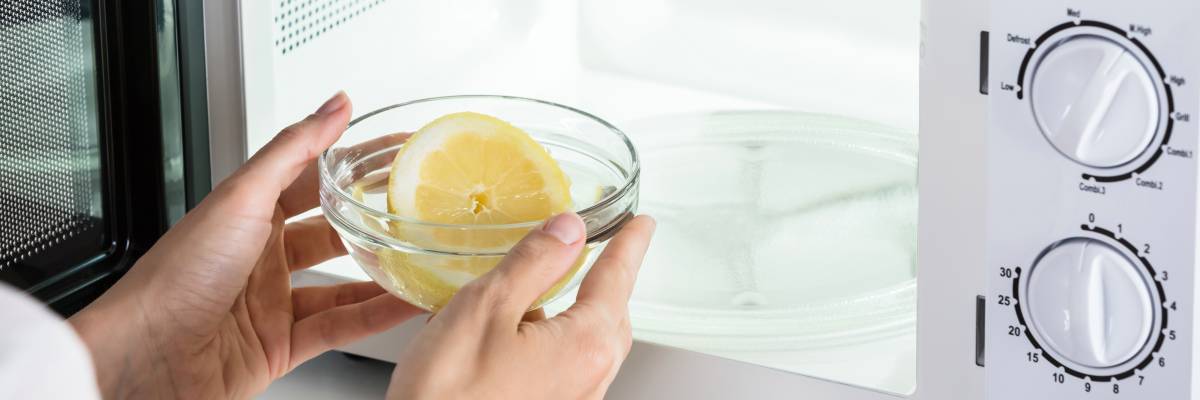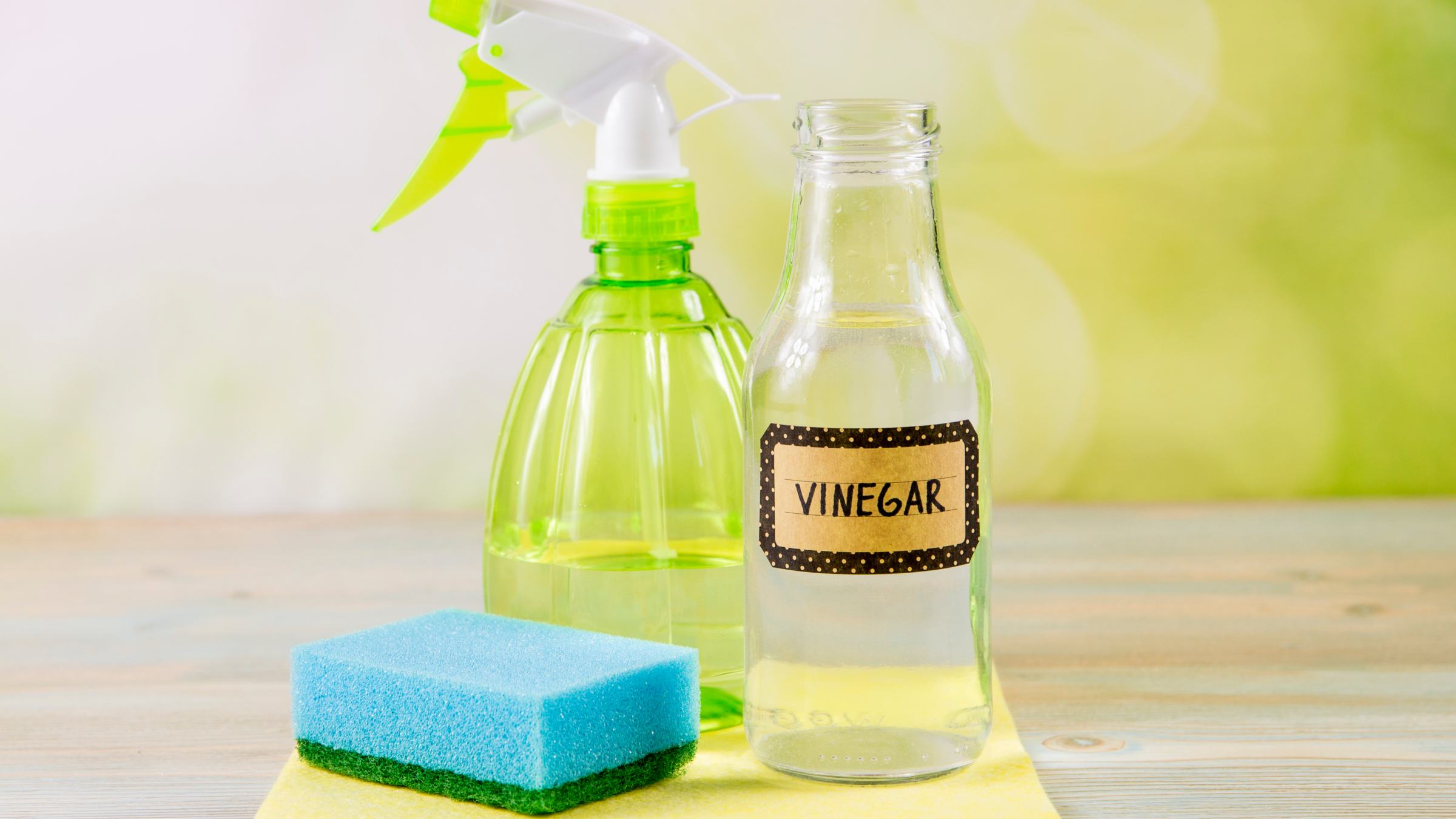- Home/
- Costs/
- Mould Removal/
- Mould Removal Cost Guide
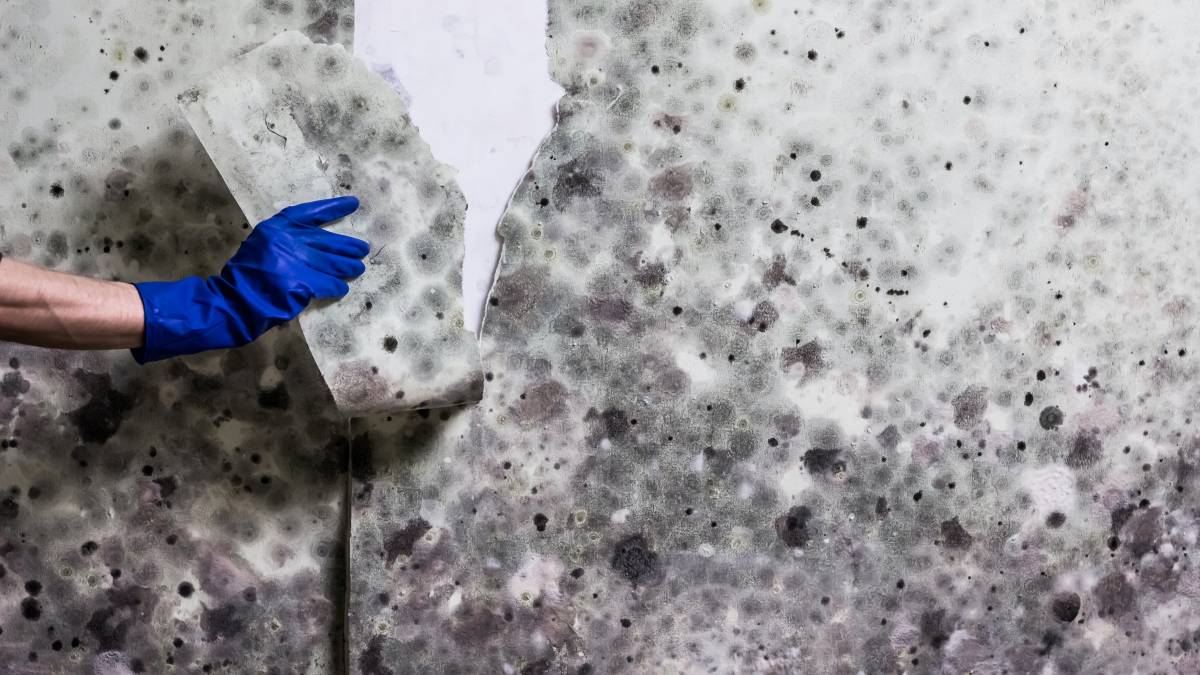
Mould removal cost: What you'll pay based on service type
Get a free quote nowPost to find a price. It's free and only takes a minute.
Average prices
£100 - £130
low
£100
median
£115
high
£130
Last Updated on
Key Facts
- Mould removal costs in the UK range from £28 to £3,400 depending on the area size, with an average cost of £168 per room. Professional services typically charge between £12 and £17 per hour for remediation work.
- Symptoms such as congestion, coughing, and sore throat are often mistaken for common colds when they actually indicate a mould problem.
- When hiring a mould removal professional, verify they are licensed, certified, insured, and provide written estimates.
Mould in homes is common but can trigger serious health issues like asthma and allergies. So for the sake of your health, it’s best to remove the mould in your home immediately. Although DIY mould removal is possible, professional remediation is recommended to prevent health risks, ensure complete elimination, and avoid recurrence. Professionals have the proper equipment and expertise to safely address the root cause and thoroughly eliminate all traces of contamination.
In the UK, mould removal services costs can range from £12 to £17 per hour. Removing mould and mildew from an entire home can cost anywhere from £280 to £2,200. Pricing varies based on mould type, affected area size, and accessibility challenges. To prepare your budget effectively, consider the factors and average service costs in this guide.
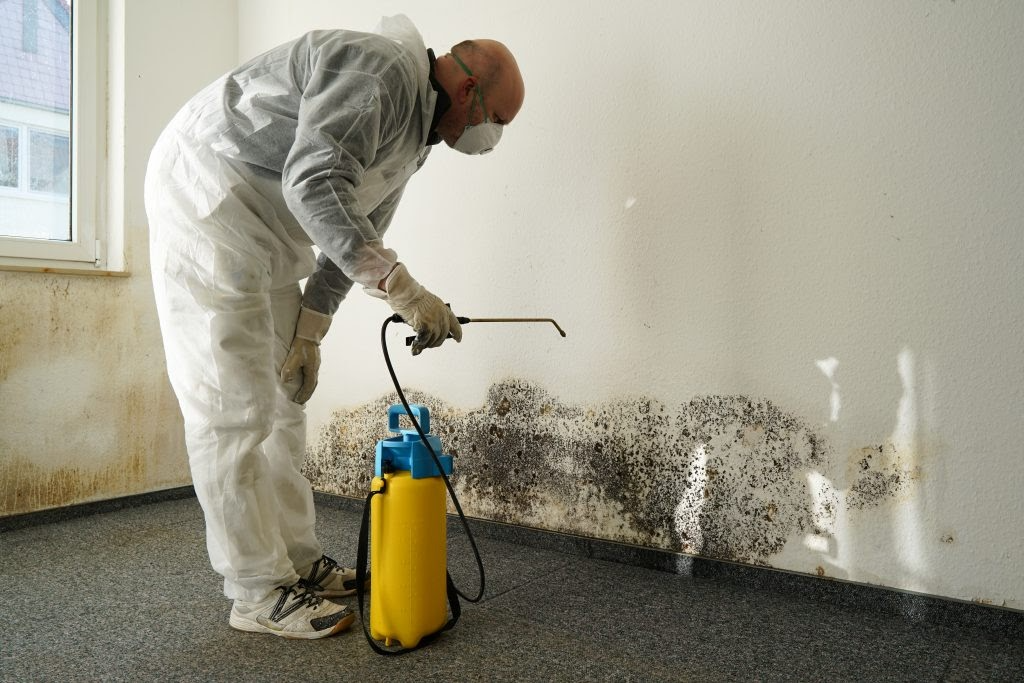 A professional removing black fungus from the wall. (Source: iStock)
A professional removing black fungus from the wall. (Source: iStock)
Mould removal costs for different types of services
Mould removal is different from the usual cleaning service. Depending on the size and type of mould present in the property, it can cost anywhere from £28 to £3,300 to remove the mould. On average, it costs £168 per room.
Mould removal service |
Price Guide |
|---|---|
Small spaces |
£28 - £56 |
Kitchens/bathrooms |
£28 - £2,200 |
Crawlspaces |
£280 - £2,200 |
Entire house |
£280 - £3,300 |
Mould inspection |
£84 - £200 |
Air sampling |
£140 - £170 |
Half the house |
£200 - £1,700 |
| Carpet cleaning | £20 per hour |
Other types of services from mould removal professionals
Once the specialist removalist has rid your building materials of mould, they can do many other tasks for you. These may include:
Flooding
Mould prevention
Air conditioning cleaning
Mould inspections and reports
Structure drying
If your home has been flooded, you can get your entire home-dried. This is ideal for carpeted homes that are susceptible to mould. Structure drying is highly recommended in the UK as it helps prevent mould and further damage to household items. Prices vary for structure drying, depending on the size of the flooded area and the level of damage.
Typically, structure drying costs £560. This price varies depending on the size of the flooded area and the level of damage created by the water.
Mould inspection cost
Sometimes, you can’t see mould, but you can feel it. When this situation occurs, it’s best to hire a professional to inspect your property to determine where the mould is and the level of damage it’s caused. In the UK, mould inspection typically costs around £84 to £200, depending on what service you need. If you’re not sure what inspection you should invest on, take a look at the following checklist:
Air samples (No visible mould)
Closed circulation office building
Post-remediation clearance
One area spot check (Visible mould)
Attic mould
Crawlspace
Mould on external walls
Windows
Previously flooded areas
Full environmental inspection (Mould inspections)
Health concerns of occupants
Real estate transactions
Grow op clearances
Legal action
Areas with public access or employees
Musty odours
What factors affect the price of mould removal services?
Mould removal can be a long-winded process. There are many factors that can affect the pricing of the mould and mildew you wish to remove from your building. Some of these include the following:
Size of the mould that is present
The location of the fungus
The type of mould or mildew
Air sampling
Mould inspection
Mould prevention
Mould fogging
Do I need to remove mould from my building?
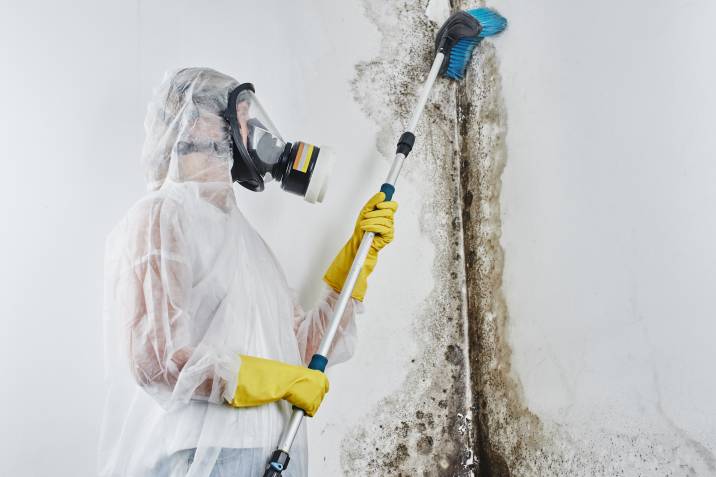 A professional mould removalist in overalls removing mold from the wall with a brush. (Source: iStock)
A professional mould removalist in overalls removing mold from the wall with a brush. (Source: iStock)
Yes, mould removal is essential for both health and property protection. Even small amounts of mould can cause respiratory problems, allergic reactions, and more serious conditions like pulmonary fibrosis with prolonged exposure.
Mould thrives in warm, damp environments and can grow virtually anywhere in your building:
- Bathrooms - showers, tubs, sinks, toilets
- Kitchen areas - refrigerators, pantries, microwaves
- Living spaces - mattresses, couches, curtains, windowsills
- Hidden areas - air ducts, vents, insulation, chimneys
- Decorative elements - indoor plants, damp furnishings
Health symptoms from mould exposure—including congestion, coughing, and sore throat—are frequently mistaken for common colds. However, these persistent symptoms often indicate a mould problem requiring attention.
Regular maintenance by professional housekeepers and periodic high-pressure cleaning services are crucial preventive measures against mould growth. These professionals can access hard-to-reach areas and apply specialized techniques that effectively eliminate existing mould and prevent future outbreaks.
Questions to ask before hiring a mould removal professional
When it comes to hiring a professional for mould remediation and removal services, there are some questions you should ask before they get started:
Are they a licensed mould remediation contractor?
Are they certified to remove mould?
Are they insured?
Do they provide written estimates?
Where do they put the waste?
What products do you use?
Be sure to find out if they’re specialised, as they have the necessary training and expertise to remove the fungi from your home or workplace. It also guarantees they are trained to remove and identify any health risks.
Getting ready to hire a mould removal service
Do you need to clear your building of mould? Let’s get started! Here are the things you’ll need to prepare for your listing: Explain your task, post your listing, review your offers, and select the right mould removal service. They’ll get your building safe!
Here are some things to include in your listing:
Location
Time
Budget
Whether you have had previous mould testing
Size of the property
The more information you include in this listing, the better your outcome will be, and the more you’ll have an idea of the cost of mould removal for your home. This makes it easier for the Tasker to help you. It’s also a good idea to have everything listed so they can refer to it later if needed.
FAQs about mould removal
Depending on the size of the mould in the property, it takes one day for the mould to be safely removed, allowing you to safely return to the property the same day.
Generally, mould inspections are completed in 30 minutes. Again, this varies, but this time given is for residential properties. Commercial properties may take longer.
The fogging process involves misting a non-toxic and non-corrosive product throughout the indoor environment to remove and control mould spores.
The most common cause of mould comes from air exchange issues, due to humidity and moisture. Another form of common mould formation is due to flooding, leaking roofs and damaged water pipes.
Not all mould is dangerous, but you should be concerned when you start to see small black or white specks on walls, furniture and contents. Mould often grows in rooms with both high water usage and humidity (i.e. the kitchen, bathroom, laundry and basement).
No, damp and mould are not the same thing. Damp refers to moisture or dampness, while mould is a type of fungus that grows in damp conditions.
Find mould removal experts, fast
Post a task
Related price guides
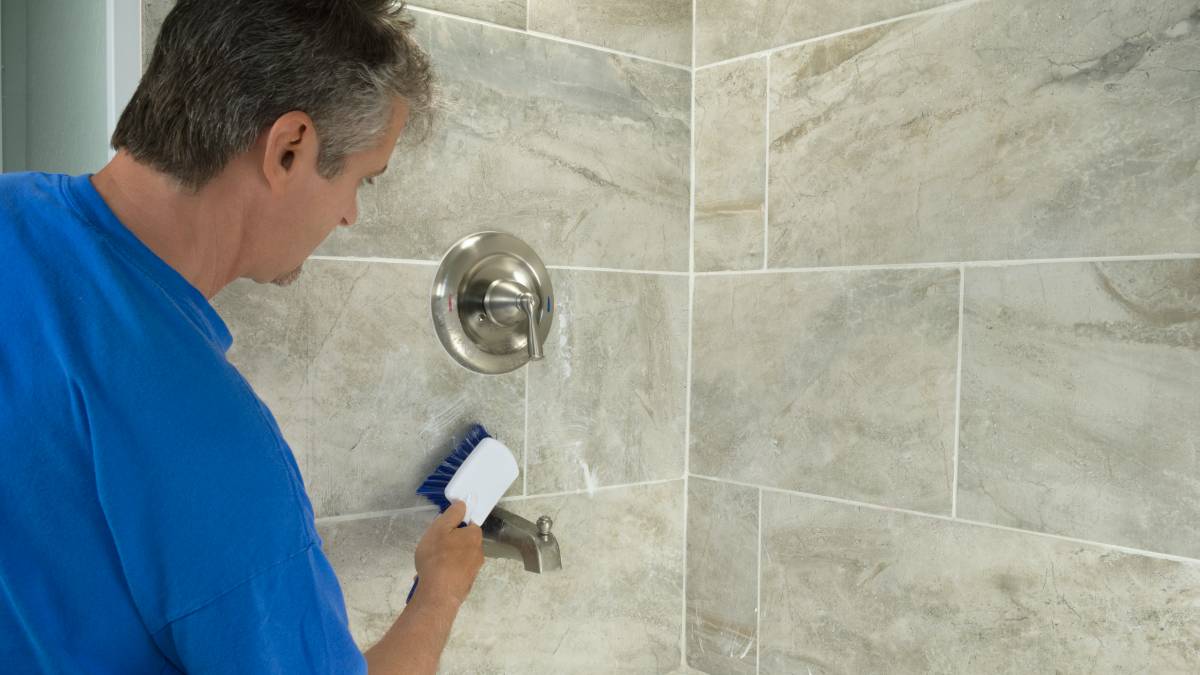
How much does tile cleaning cost?
Read more
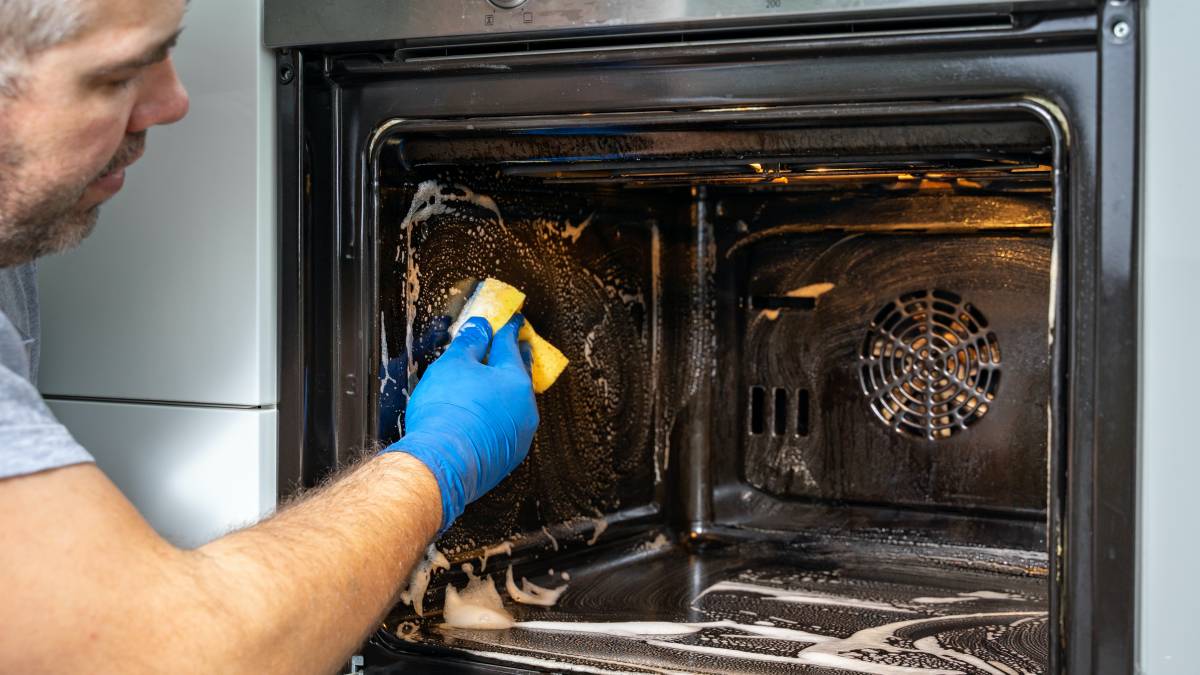
How much does oven cleaning cost?
Read more
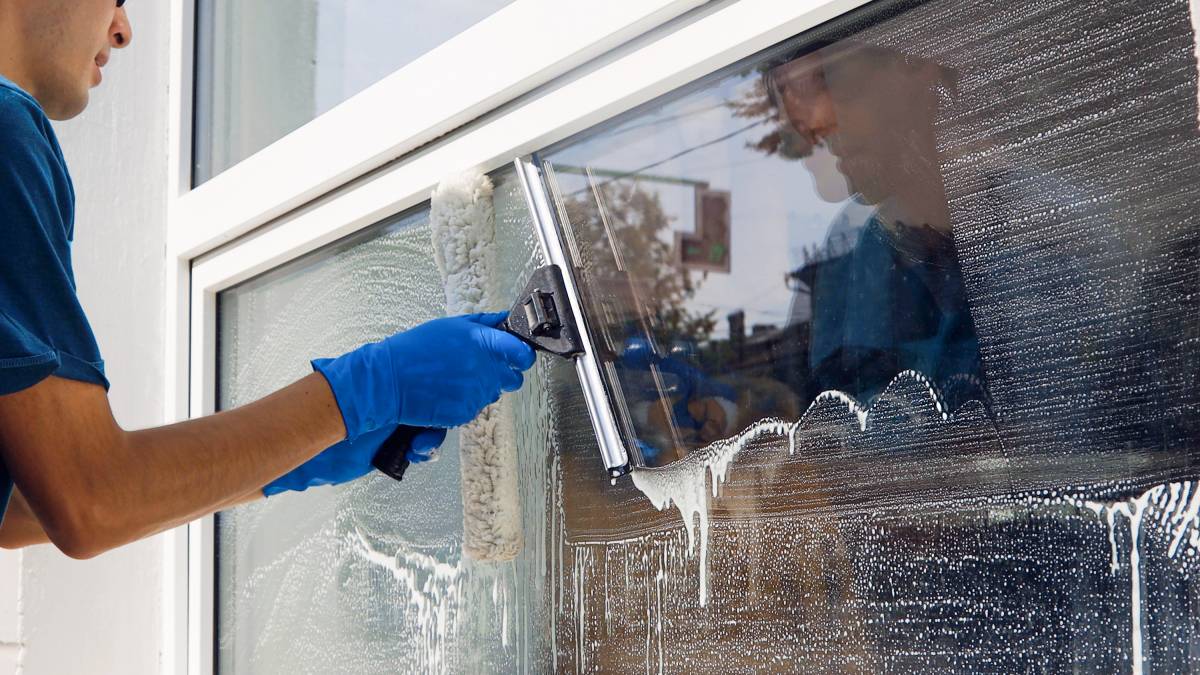
How much does a cleaner cost?
Read more

How much does attic cleaning cost?
Read more

How much does office cleaning cost?
Read more
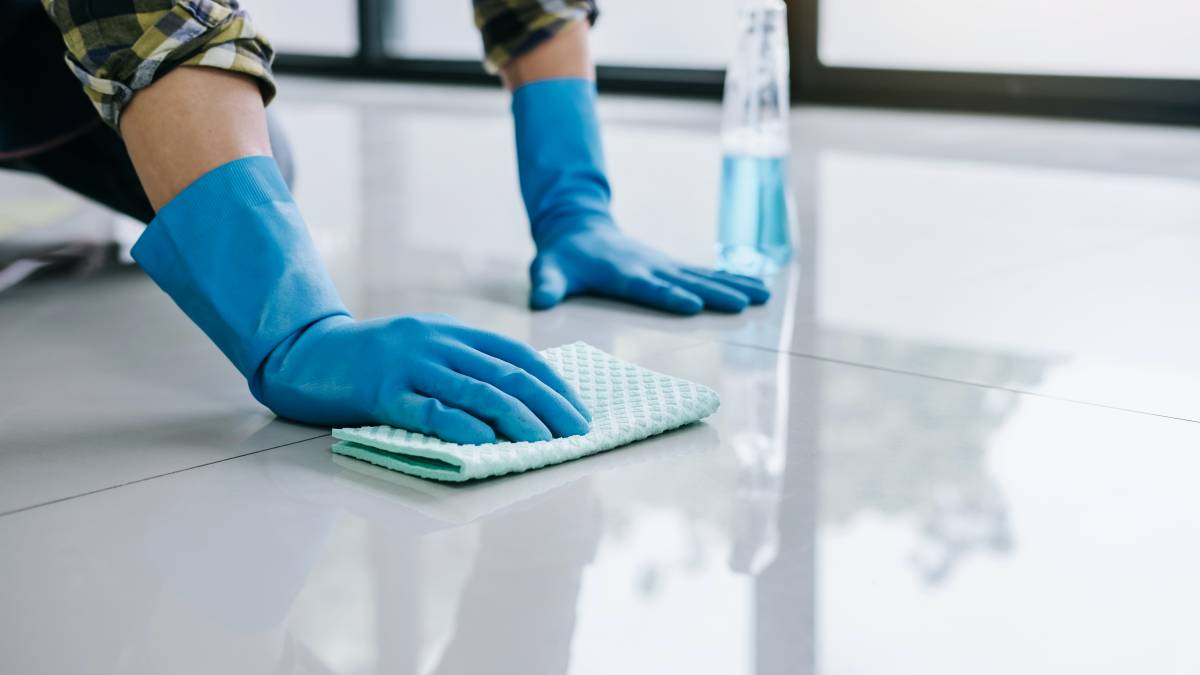
How much does floor cleaning cost?
Read more
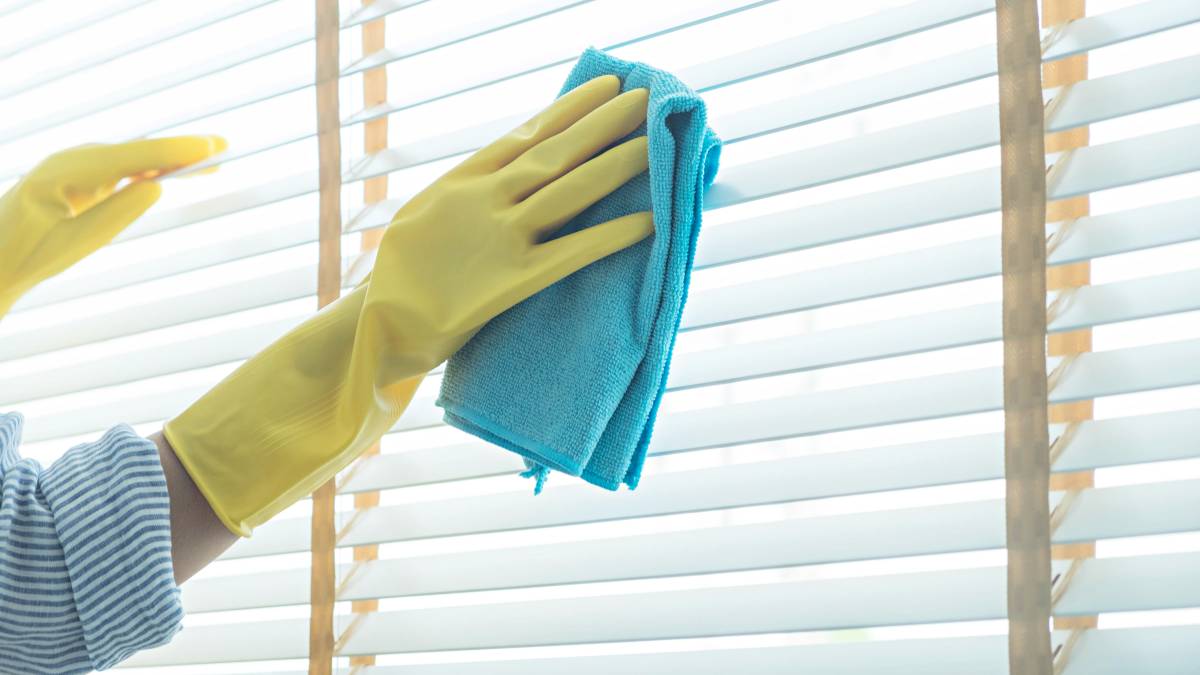
How much does blind cleaning cost?
Read more

How much does pressure washing cost?
Read more
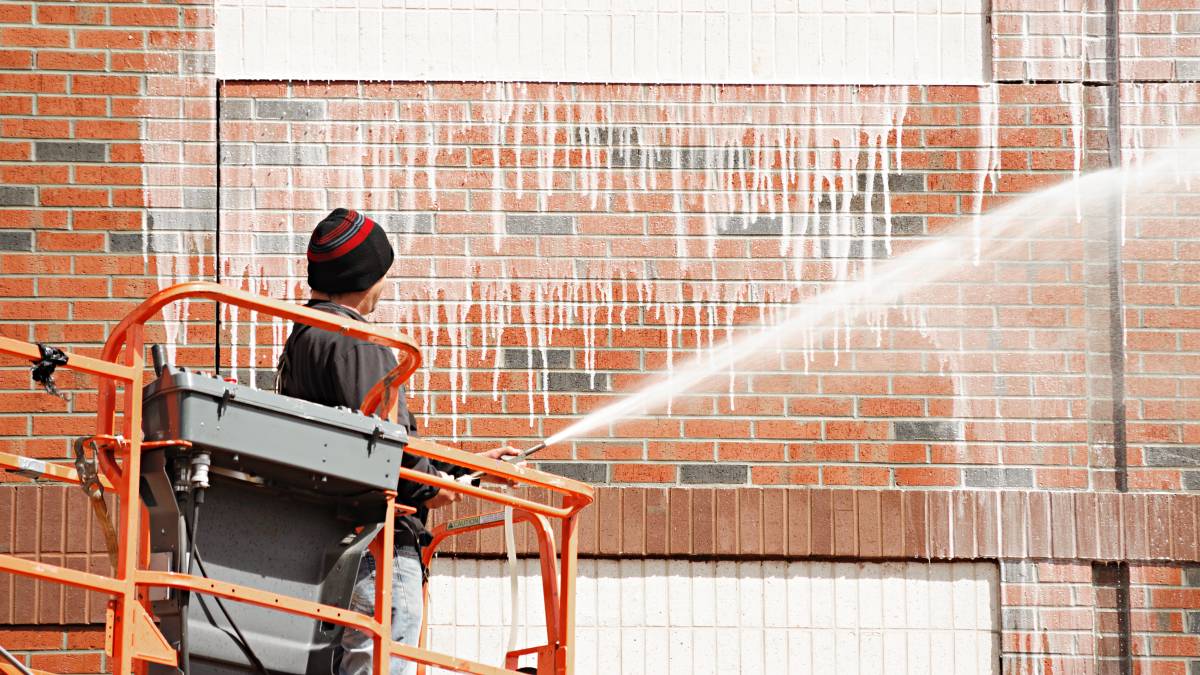
How much does brick cleaning cost?
Read more
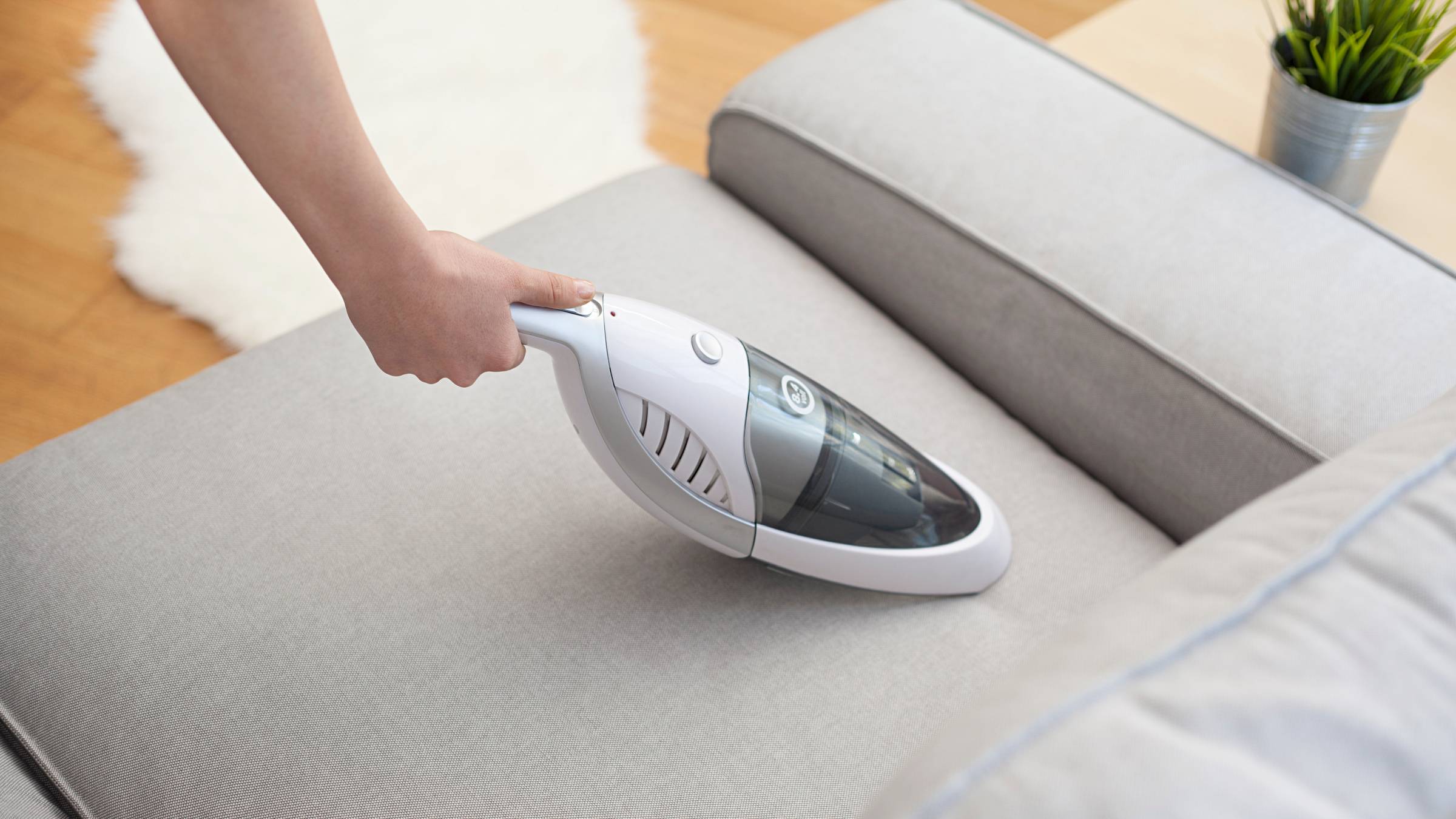
How much does sofa cleaning cost?
Read more
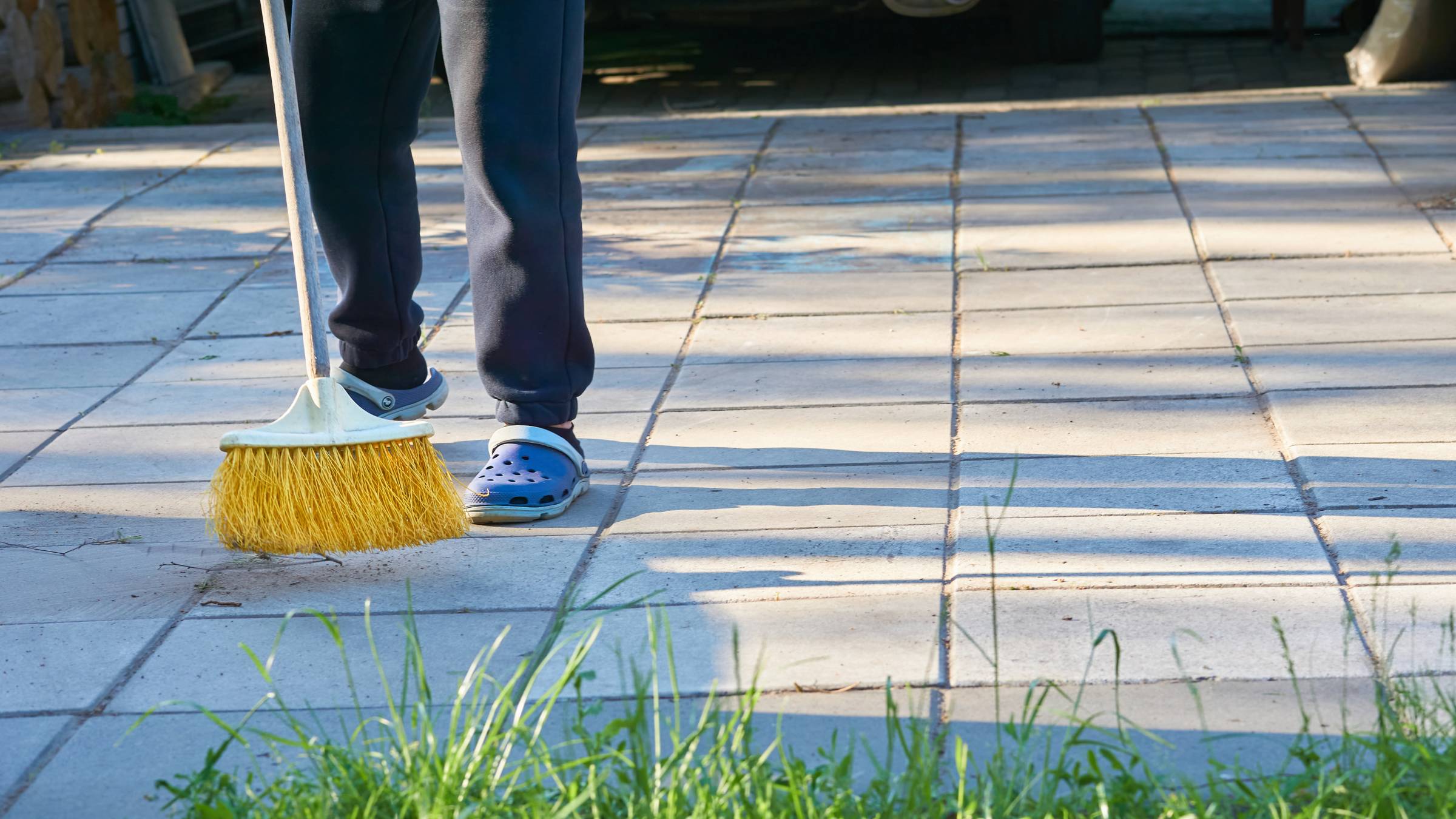
How much does patio cleaning cost?
Read more
More cleaning guides

How to clean Venetian blinds
Read more
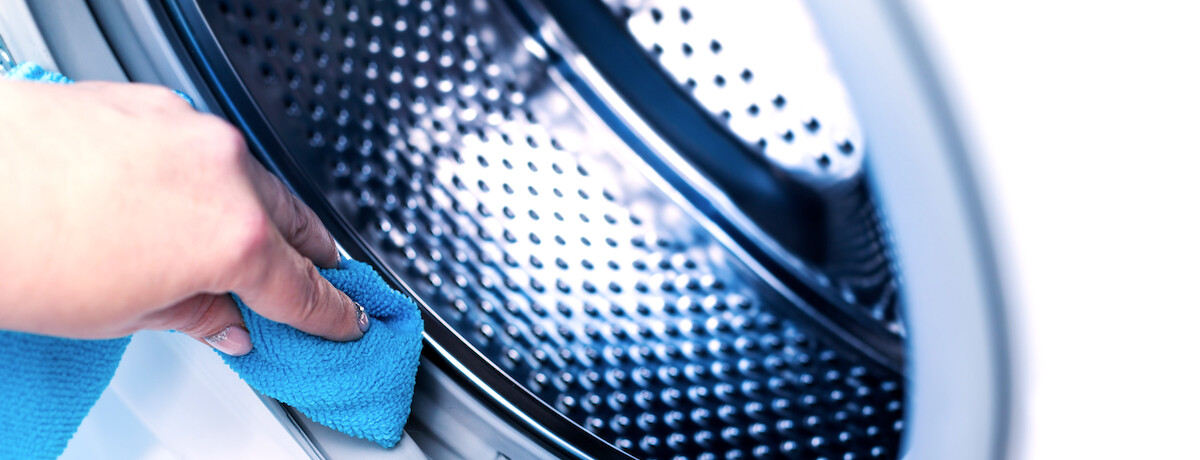
How to best clean a washing machine
Read more
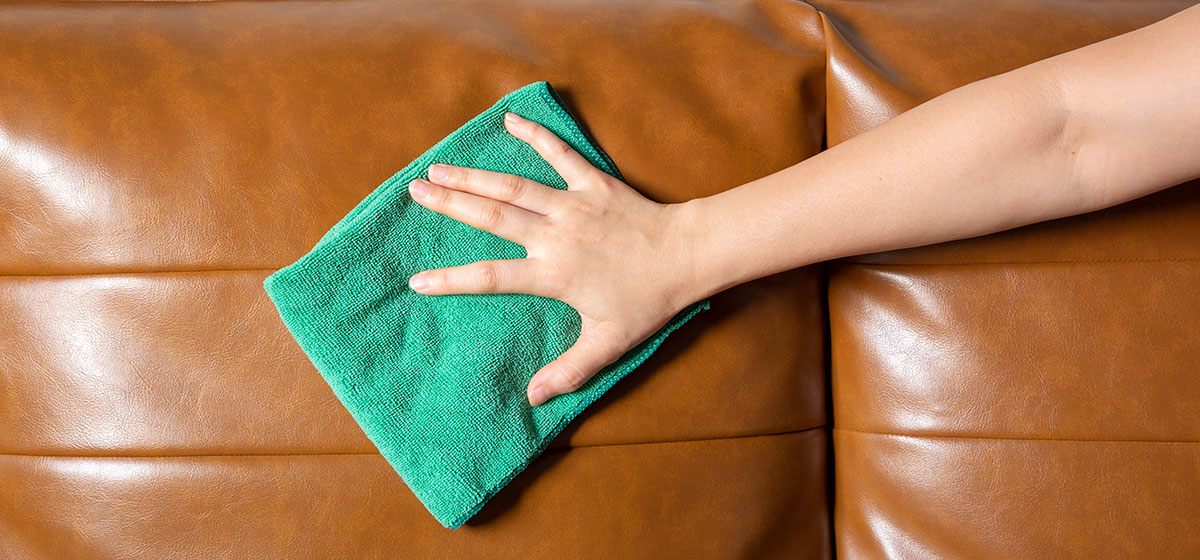
How to clean leather couch at home
Read more

How to get a cleaning certification
Read more
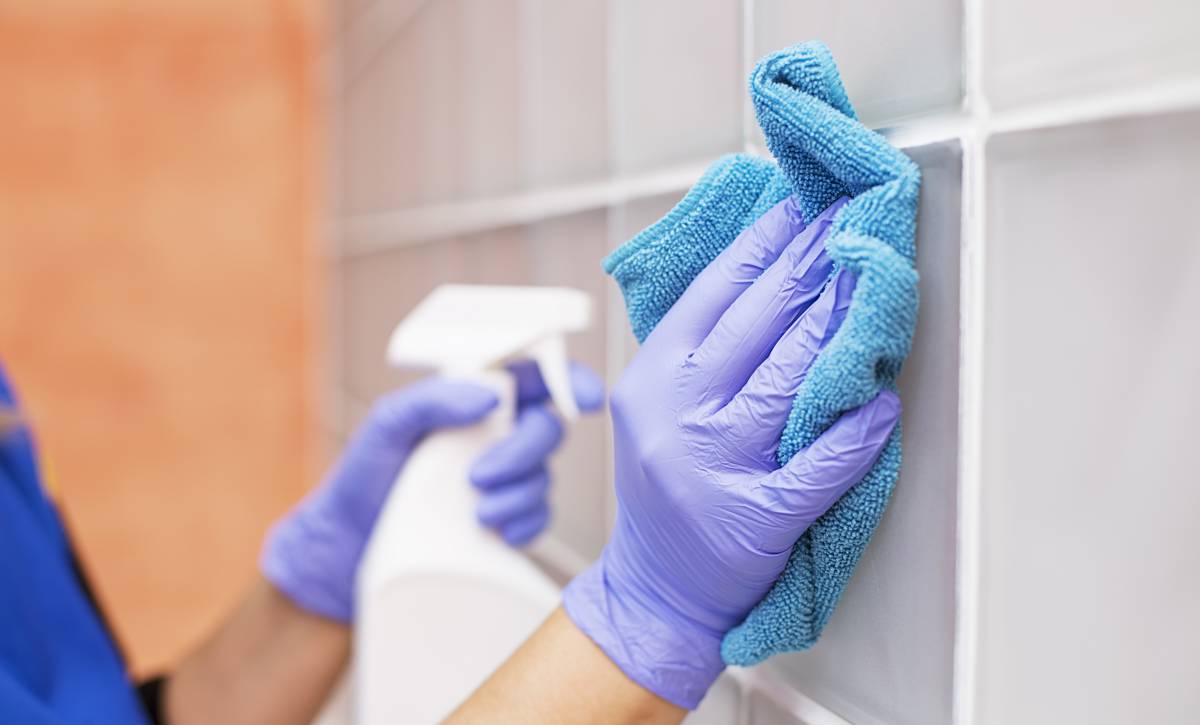
How to get more cleaning jobs
Read more
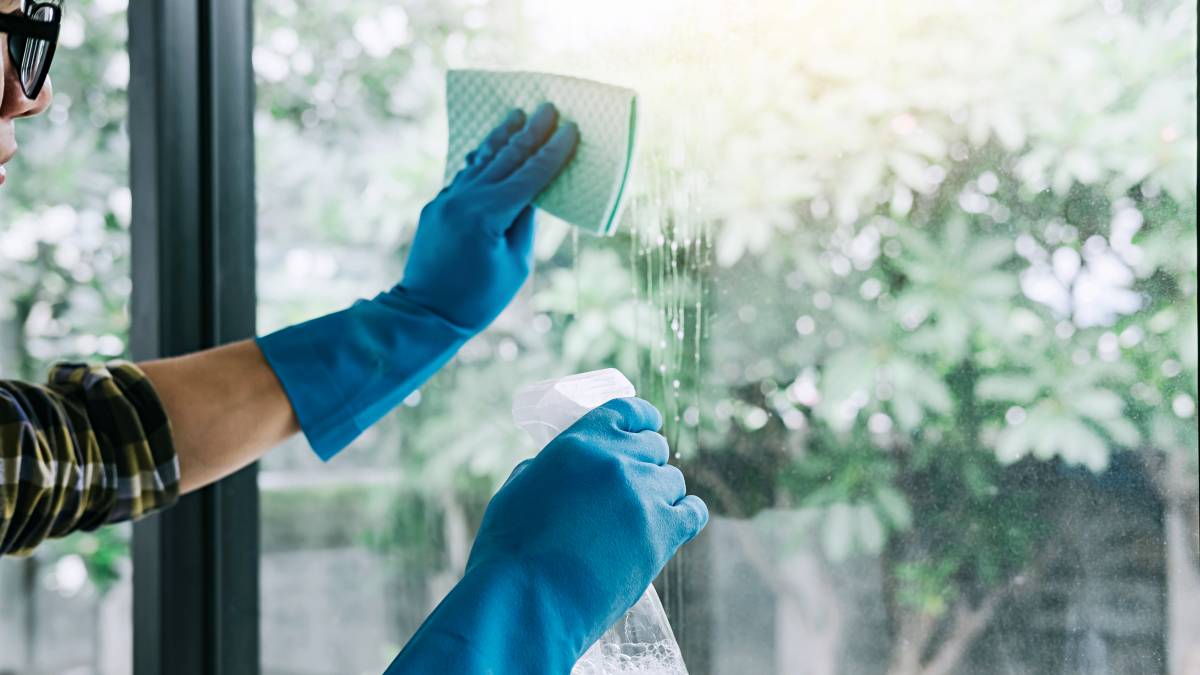
How to price cleaning jobs
Read more
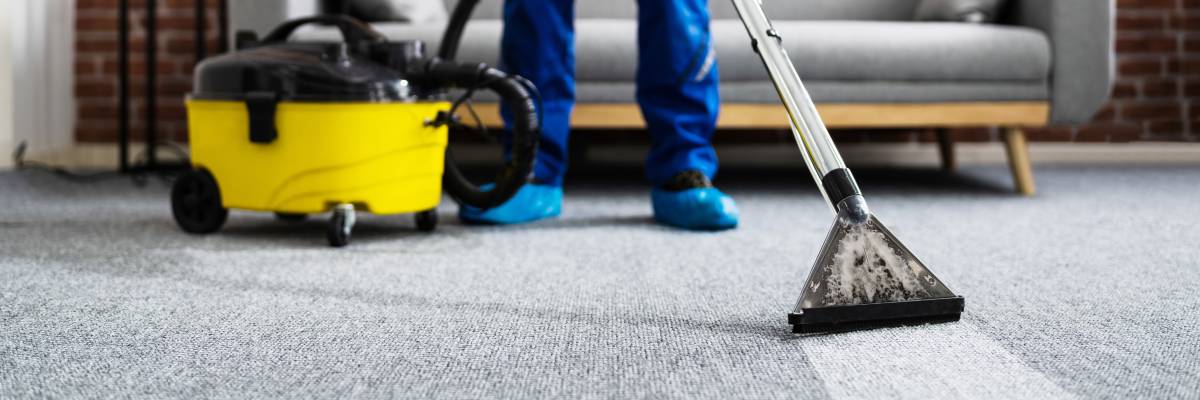
How to become a housekeeper
Read more
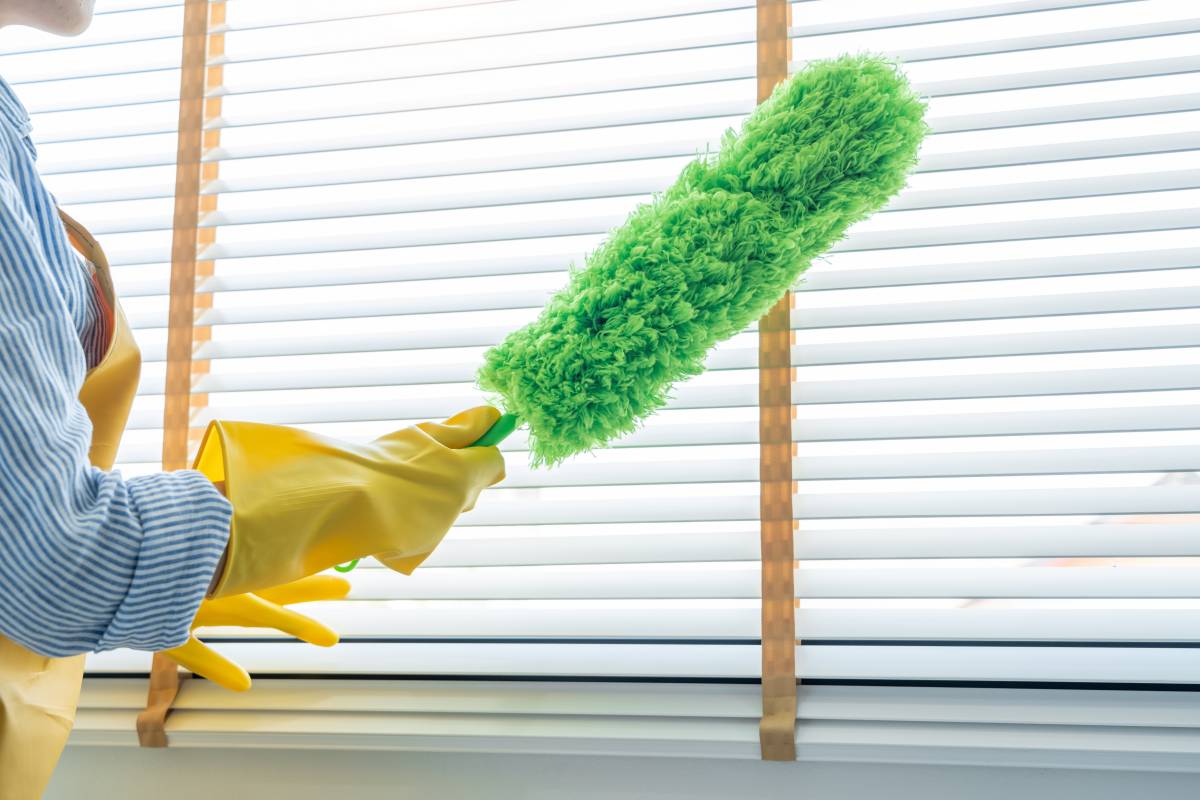
How to clean a duster
Read more
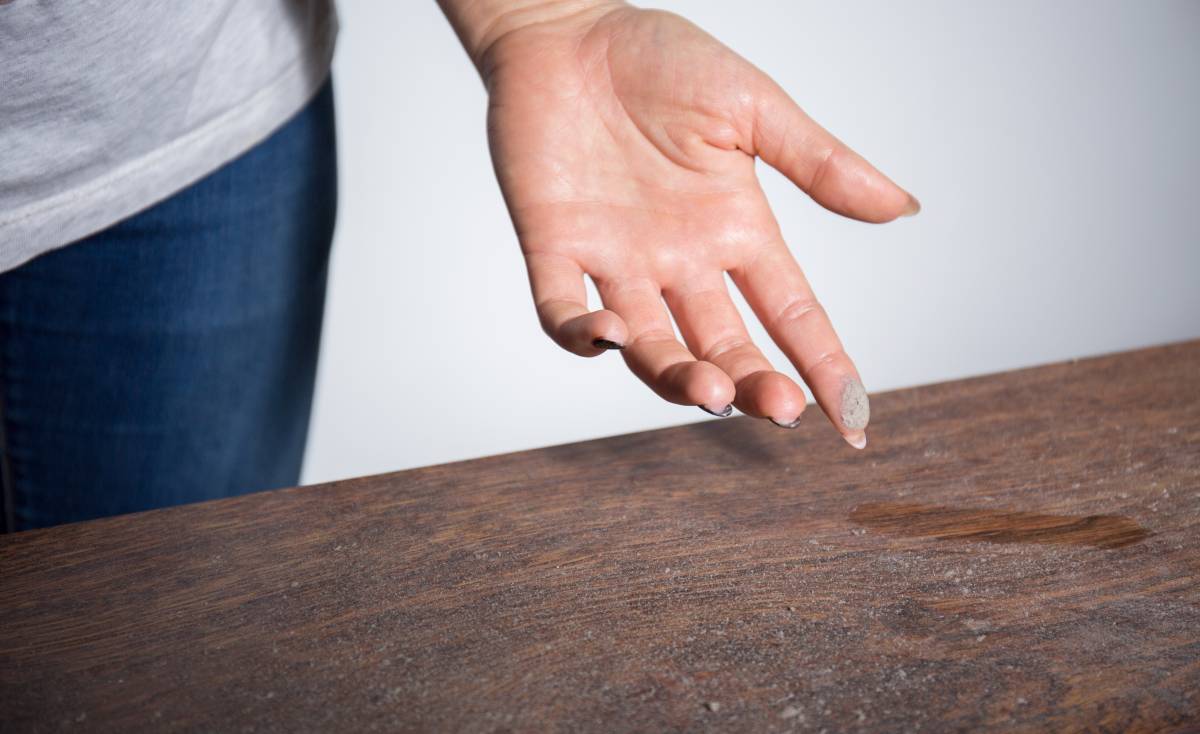
How to get rid of dust in your home
Read more
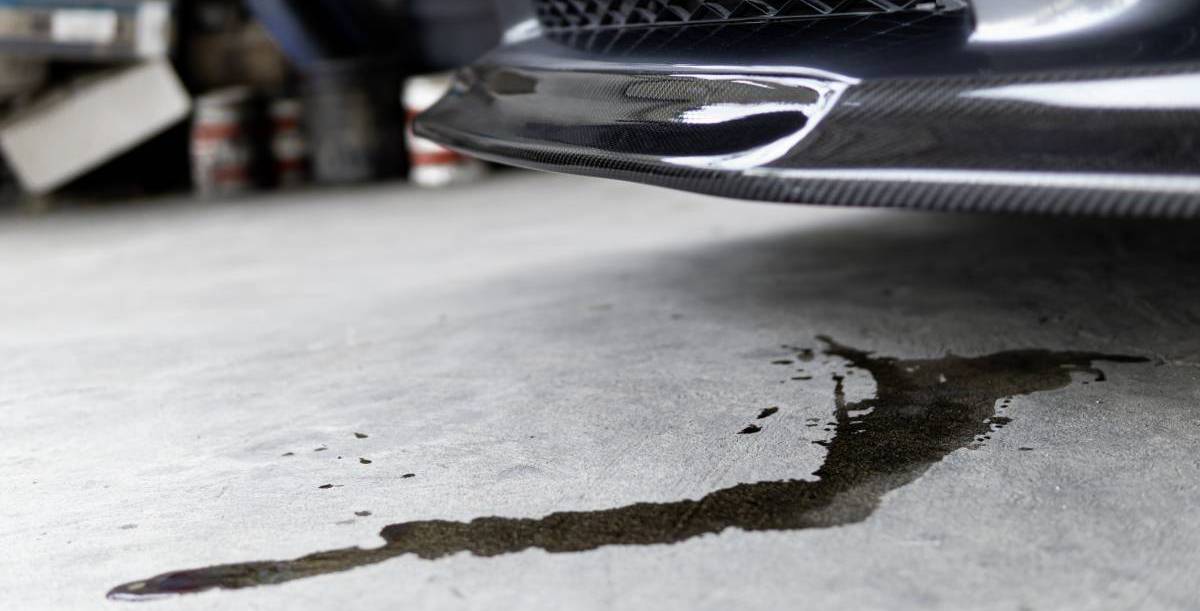
How to clean a garage floor
Read more
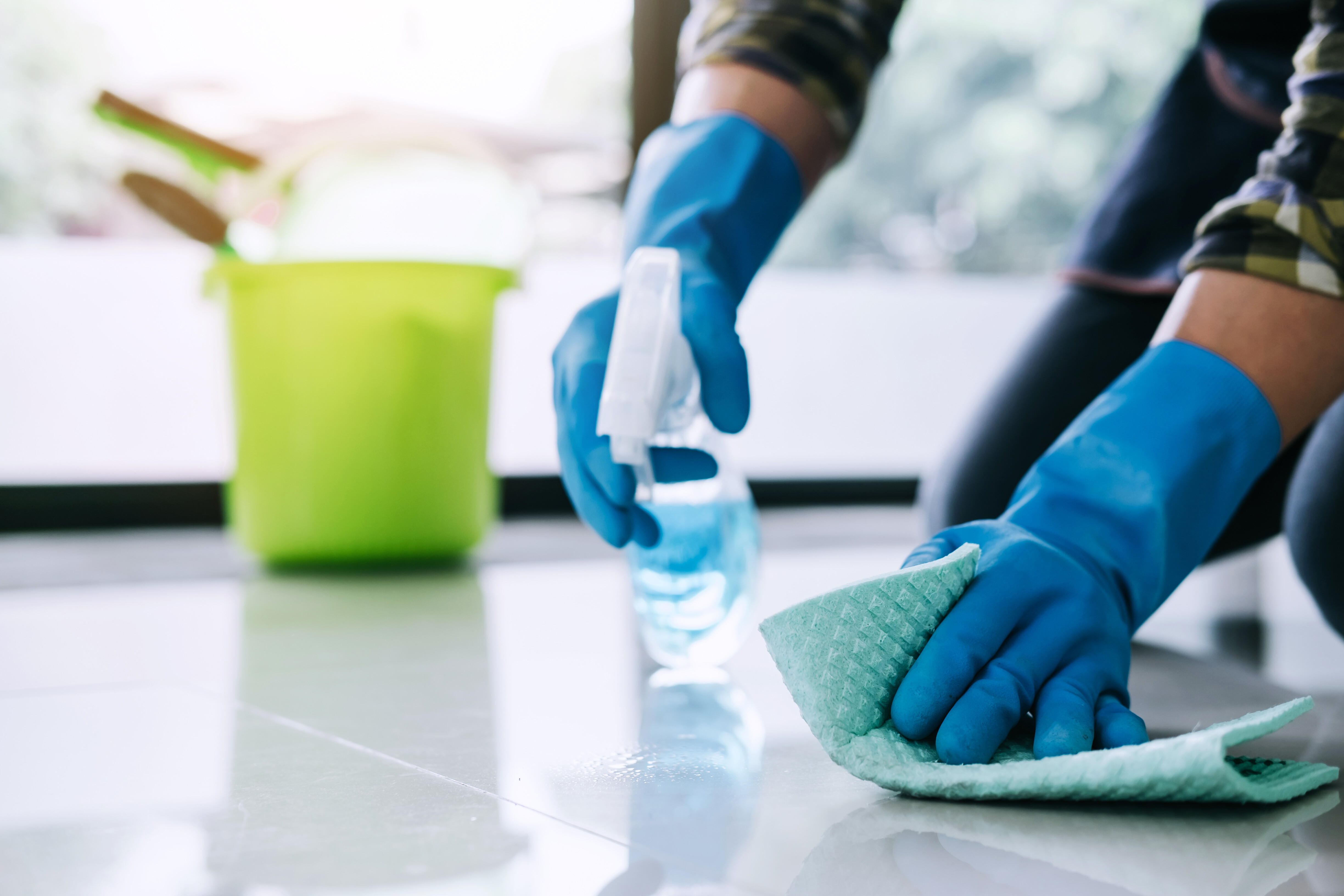
End of tenancy cleaning checklist
Read more
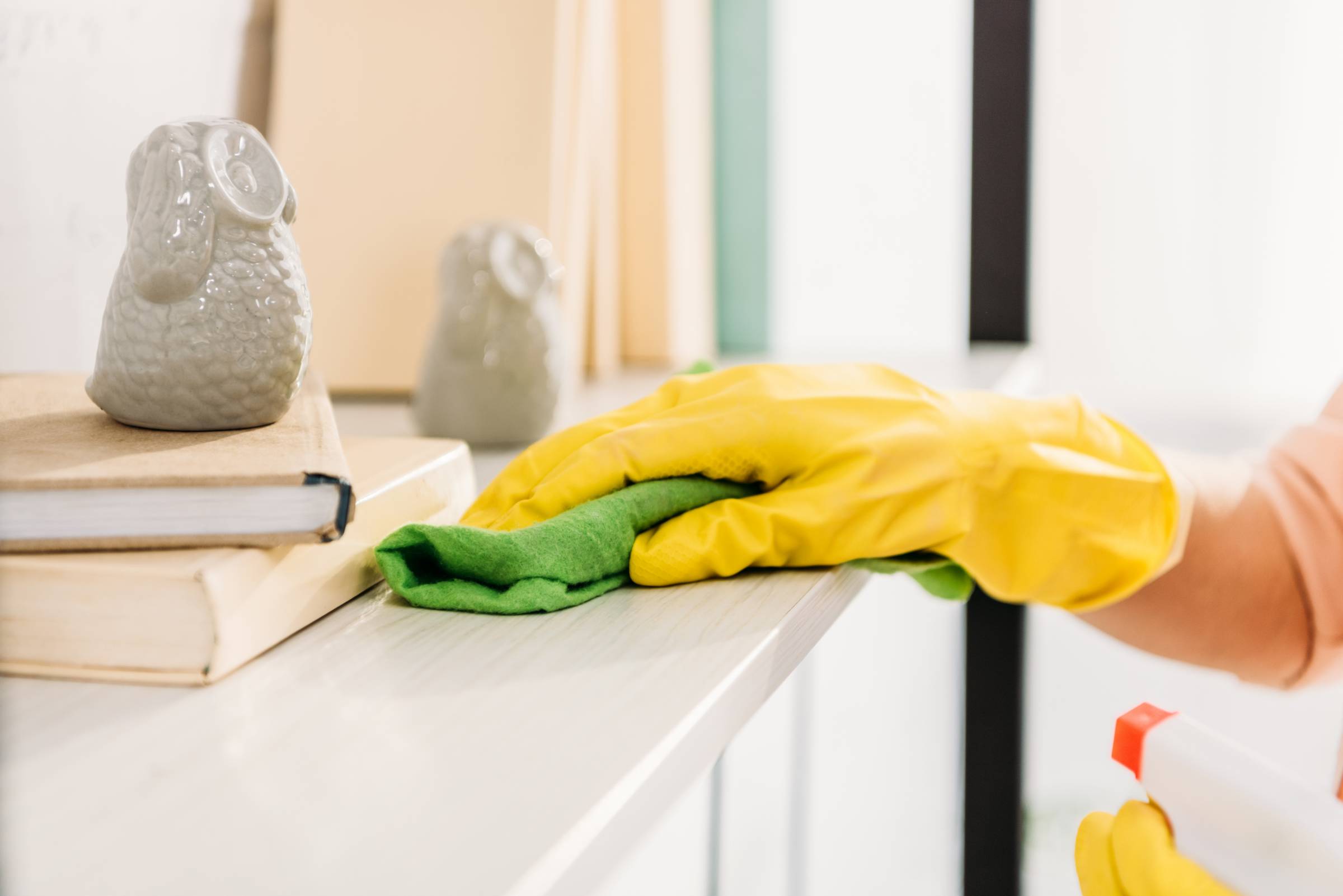
The ultimate spring cleaning checklist
Read more
